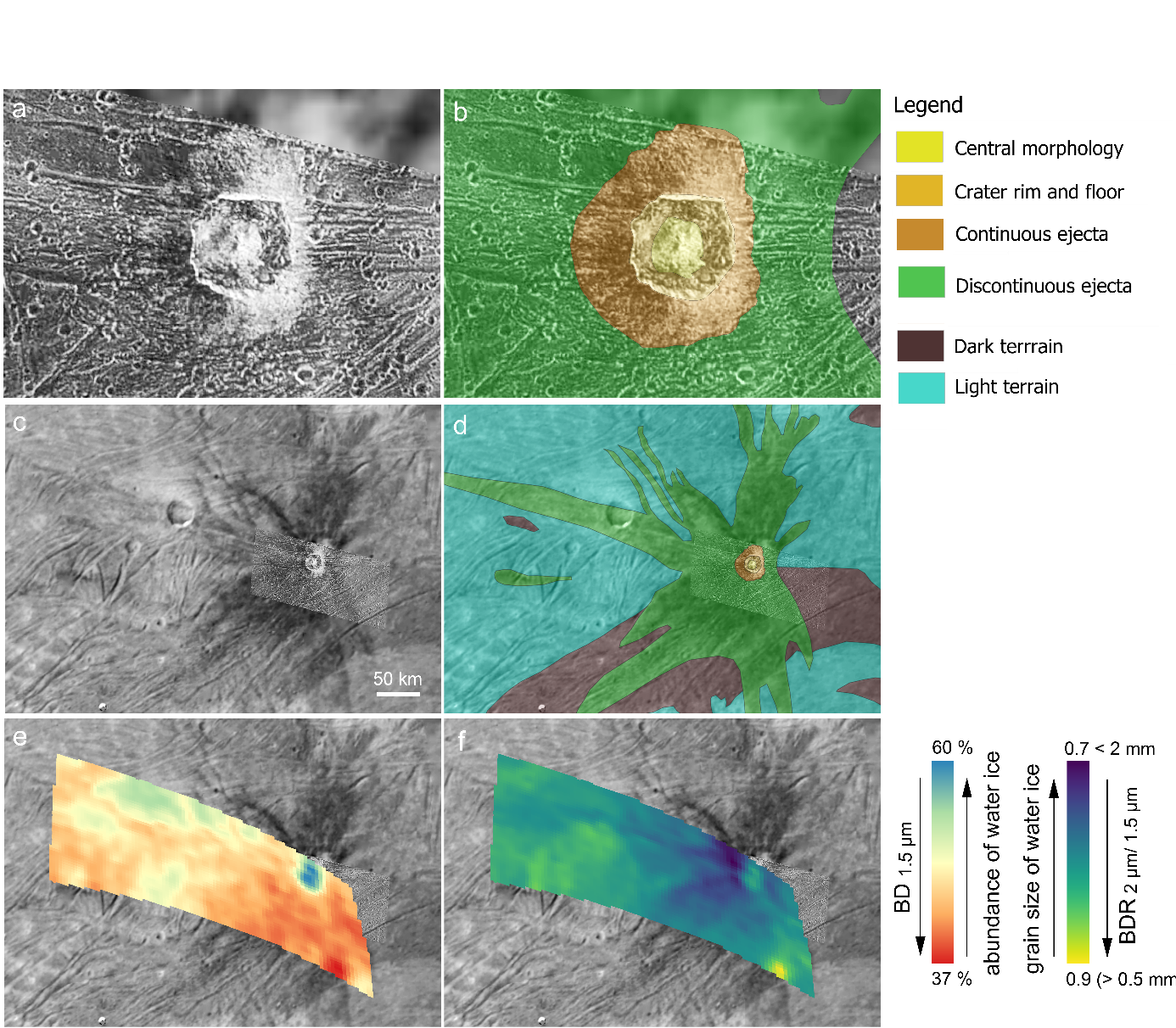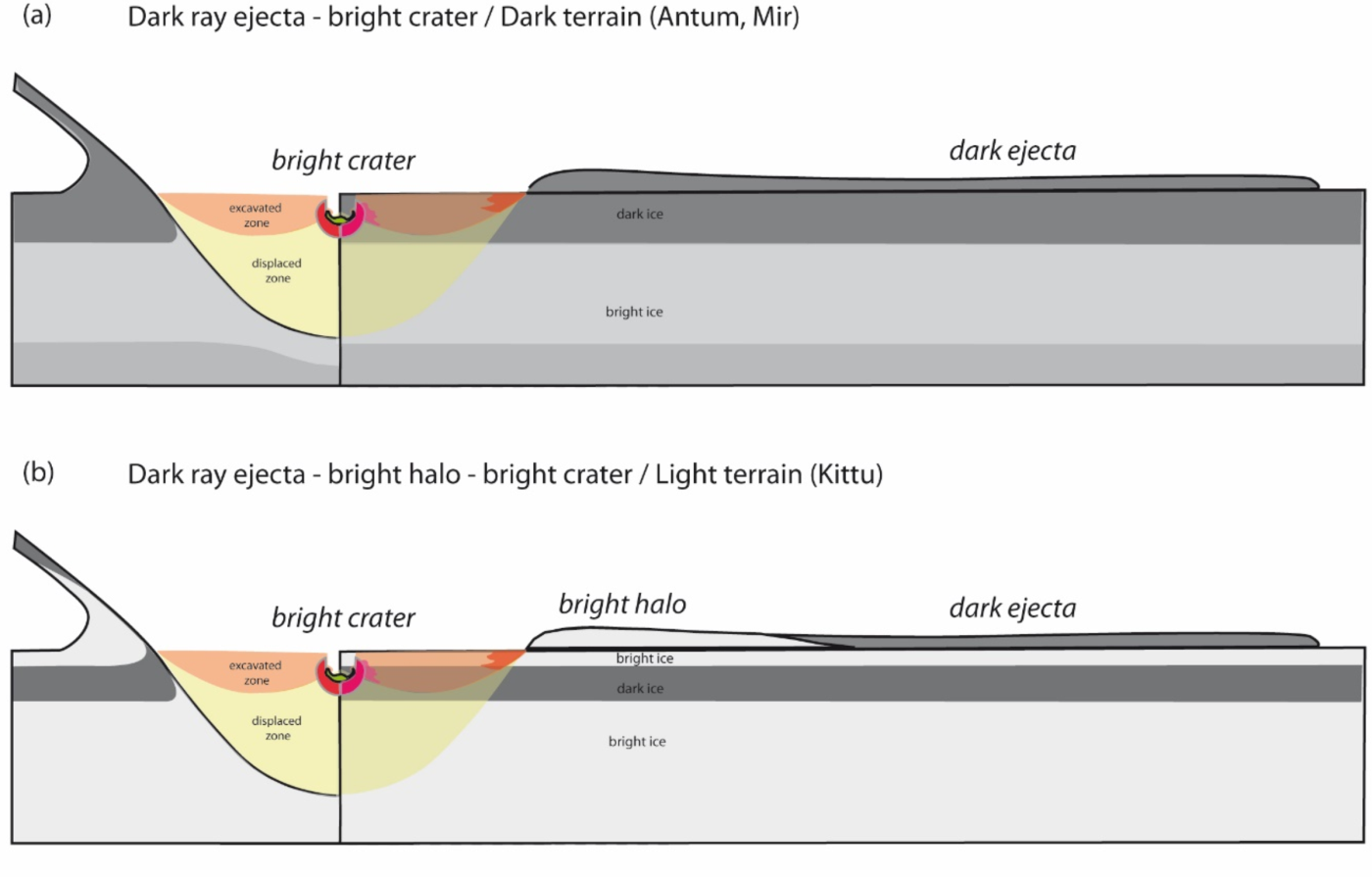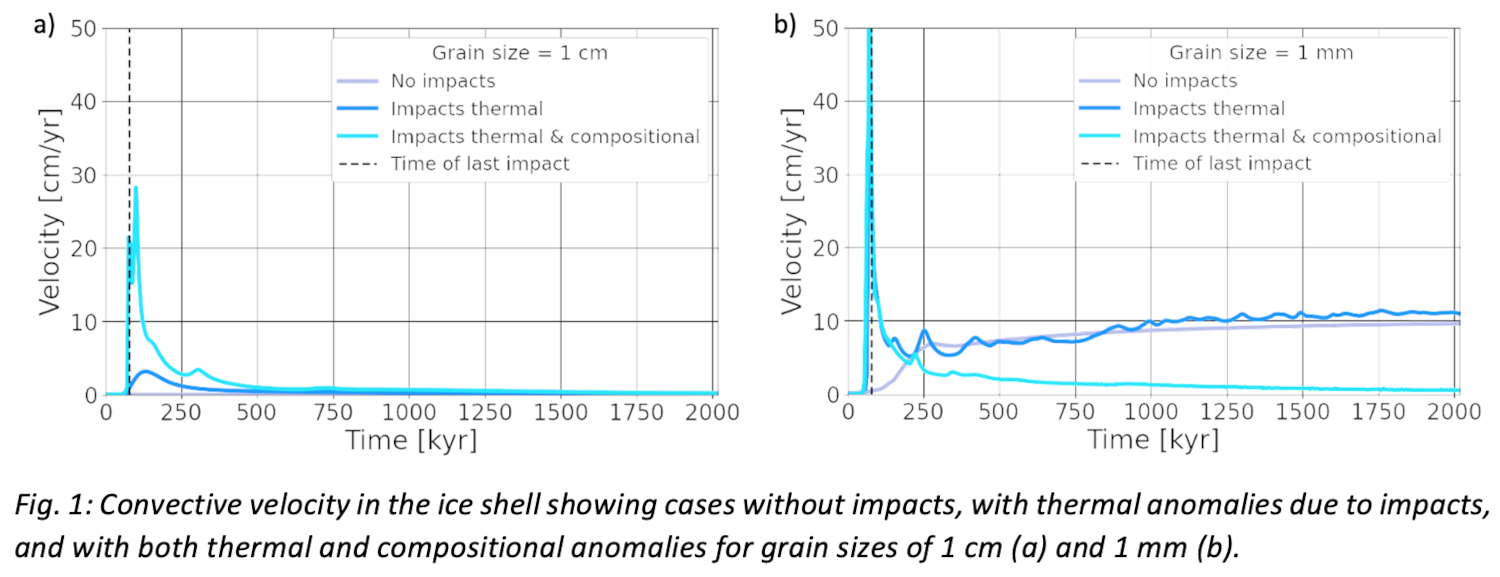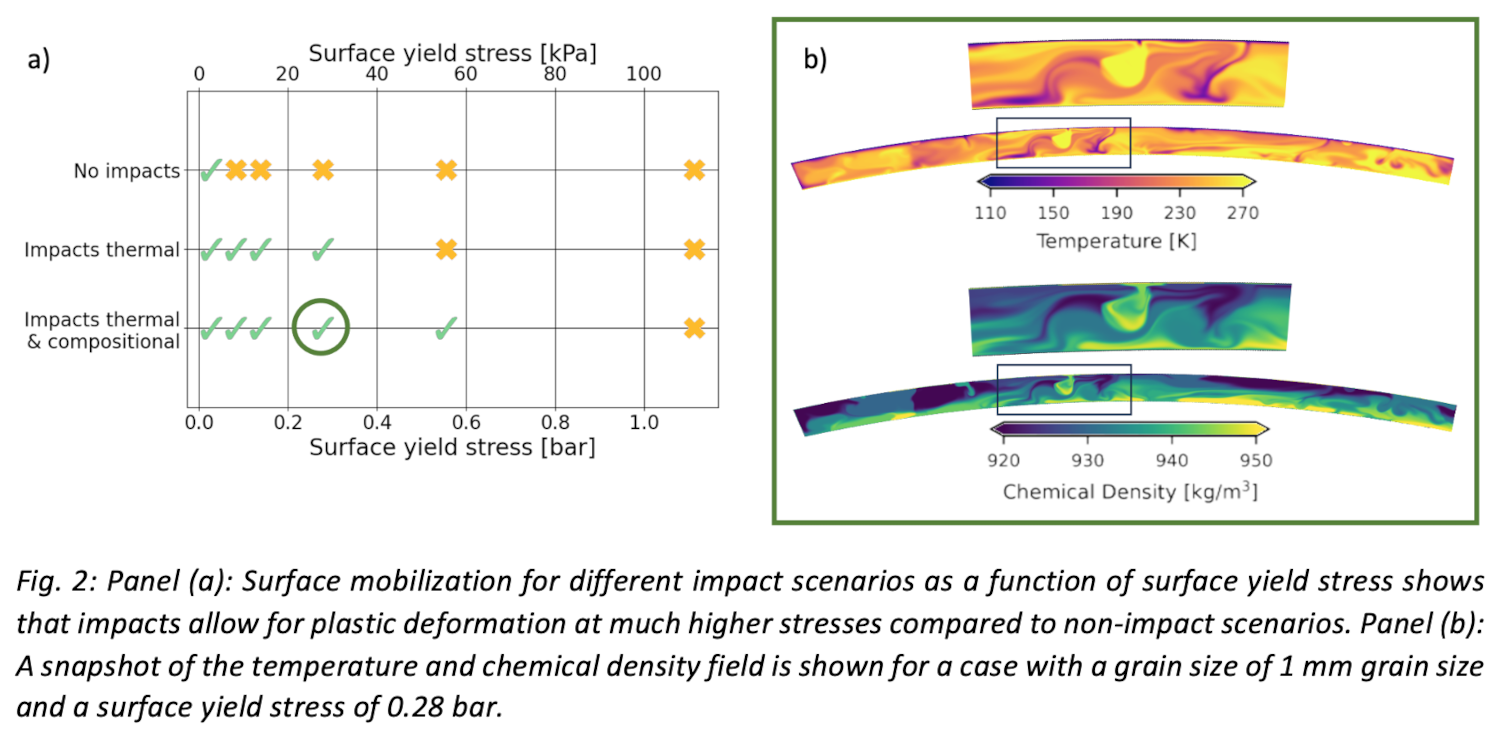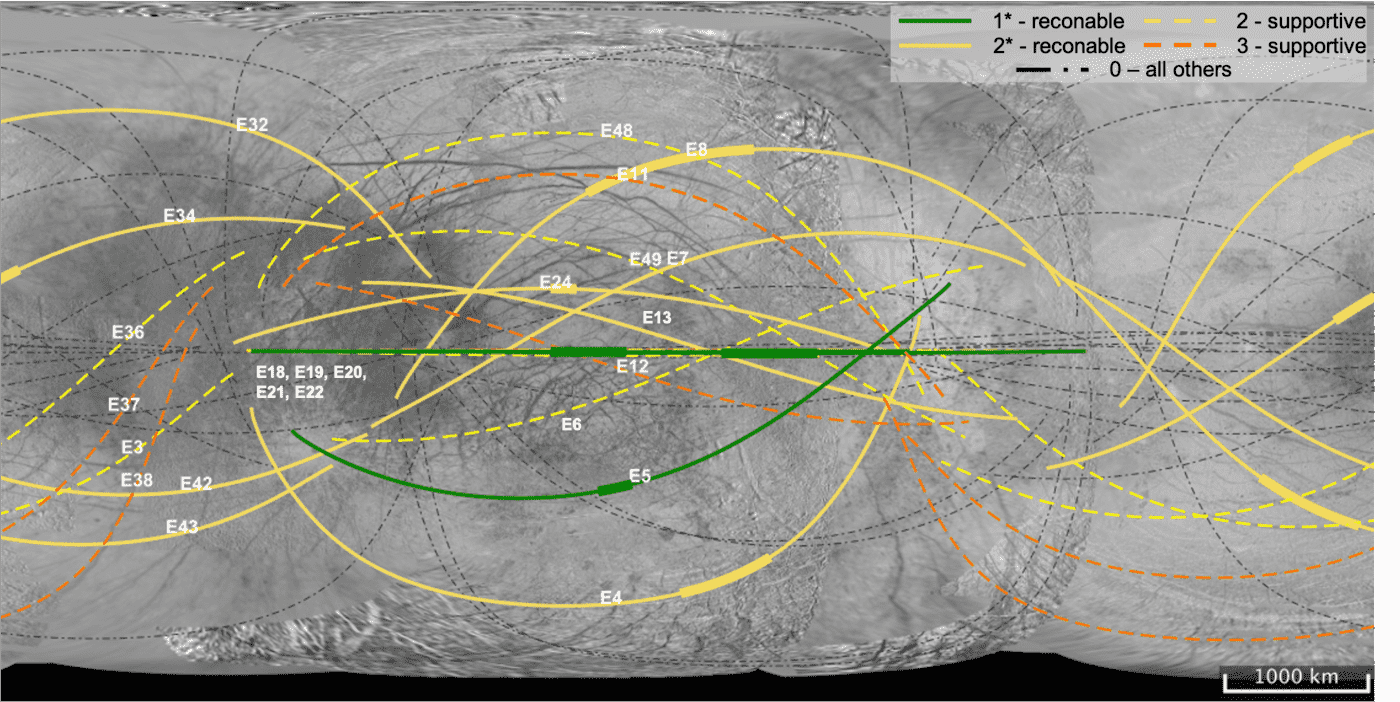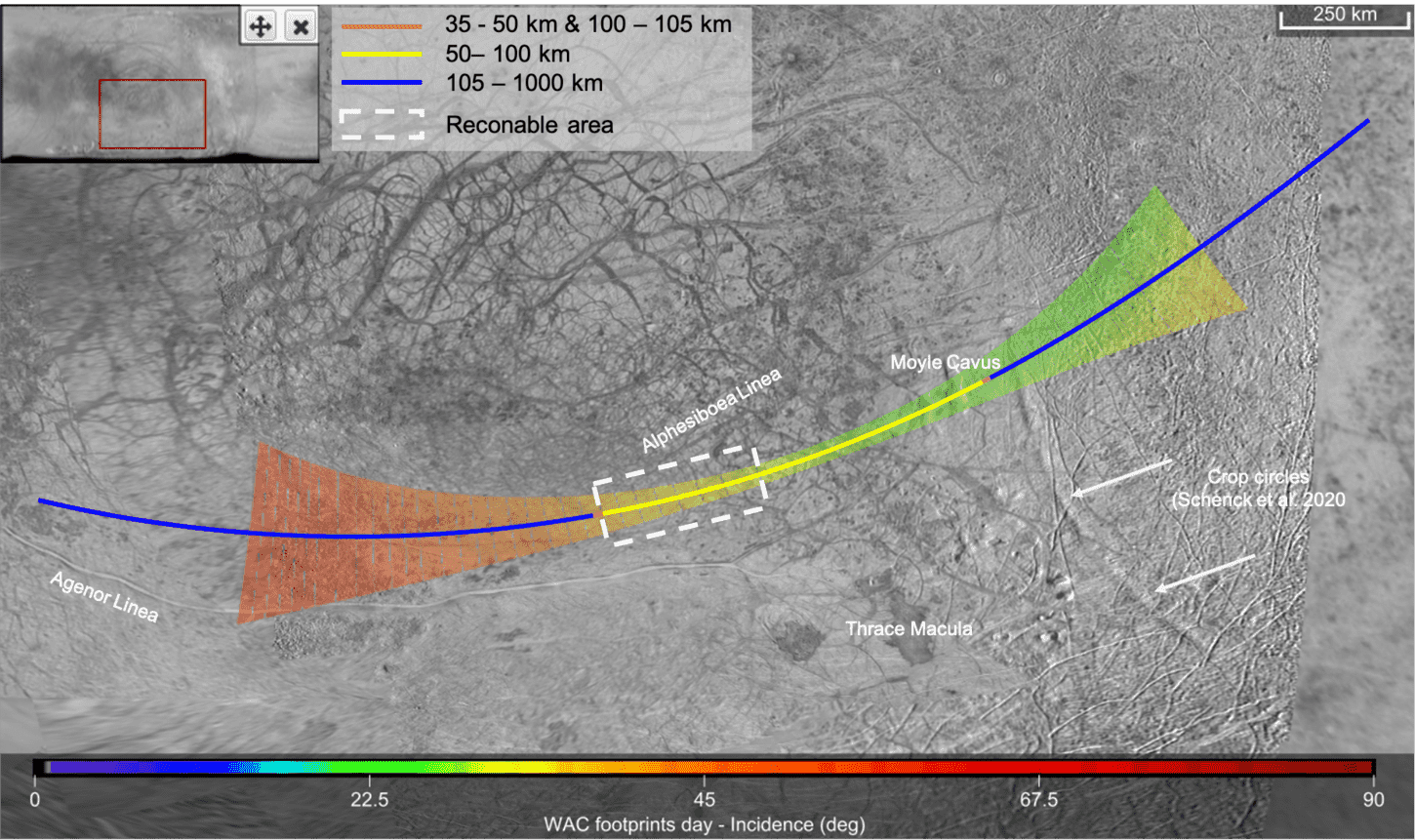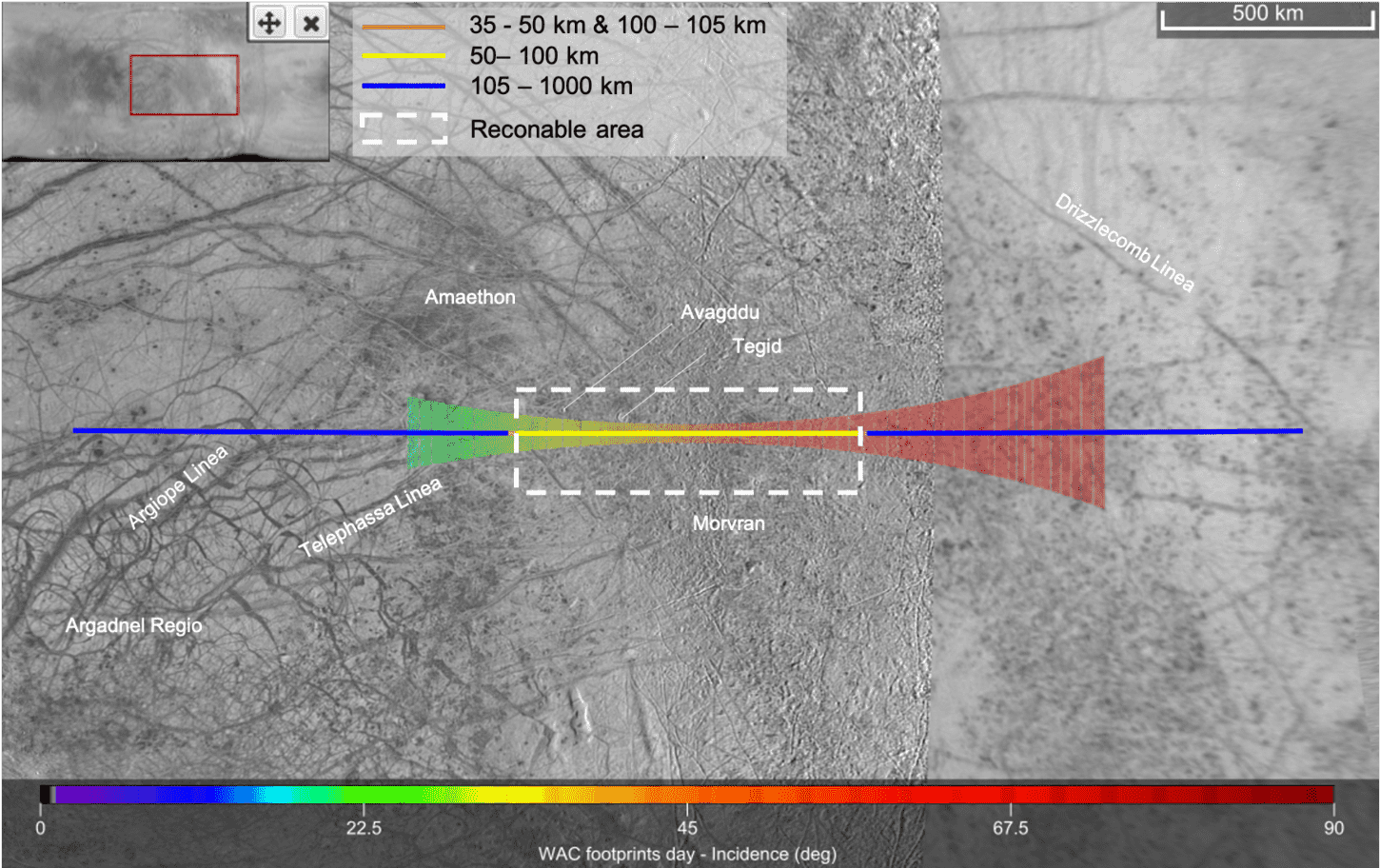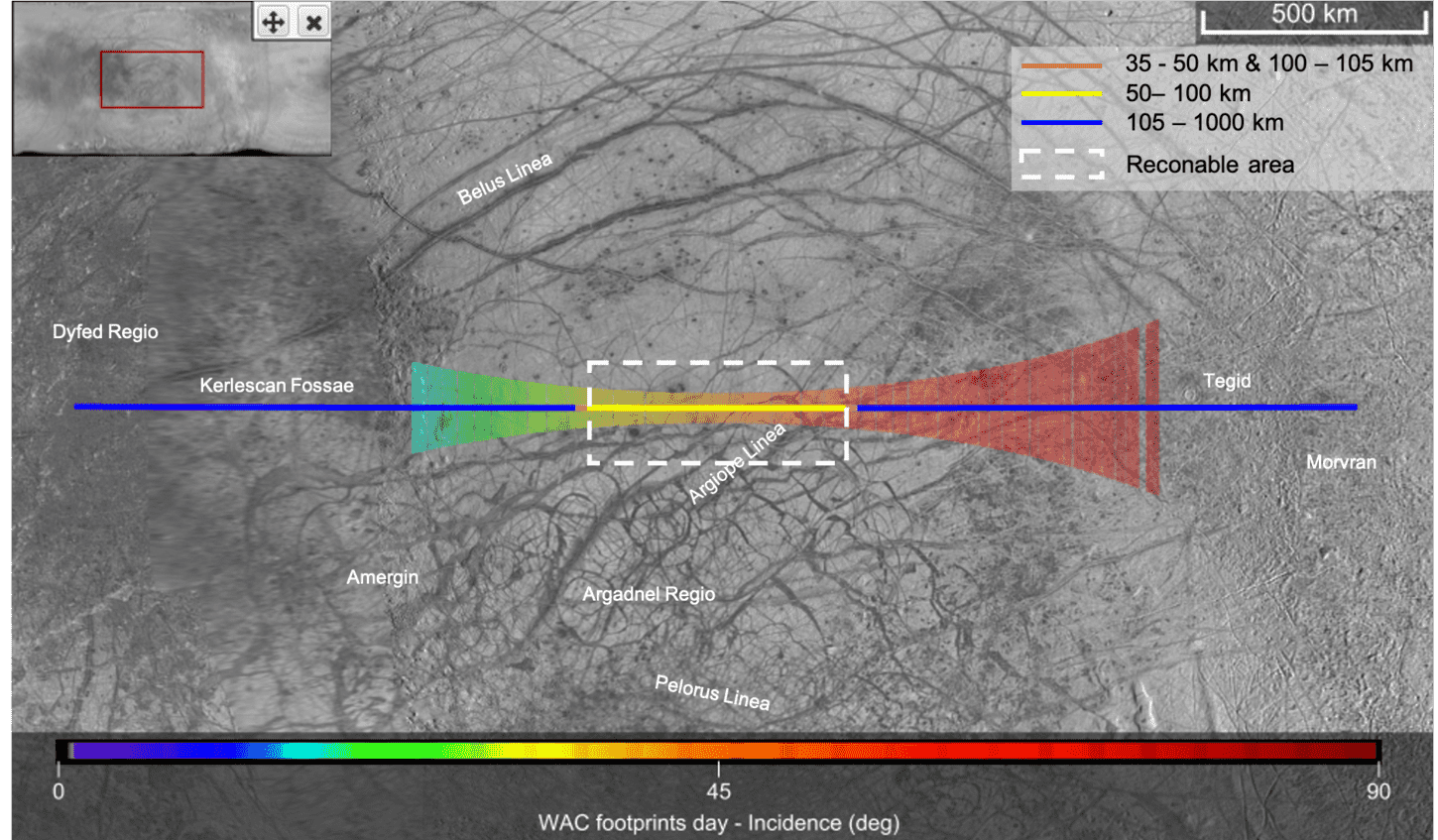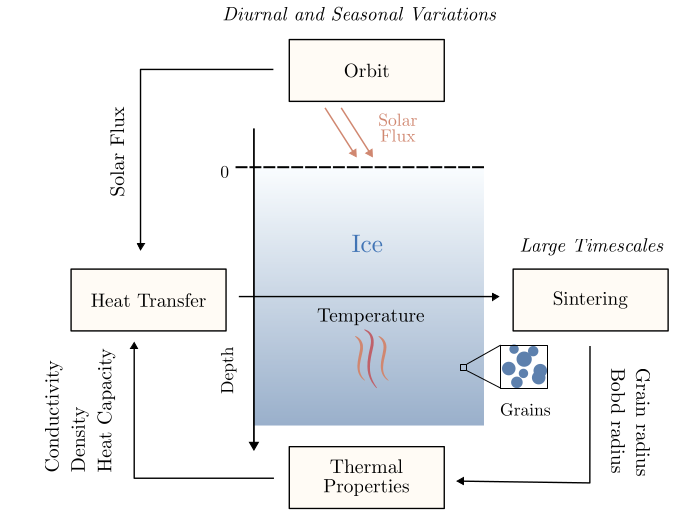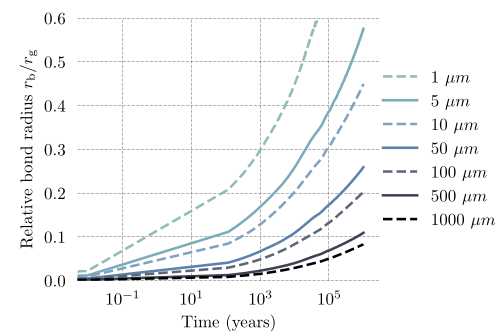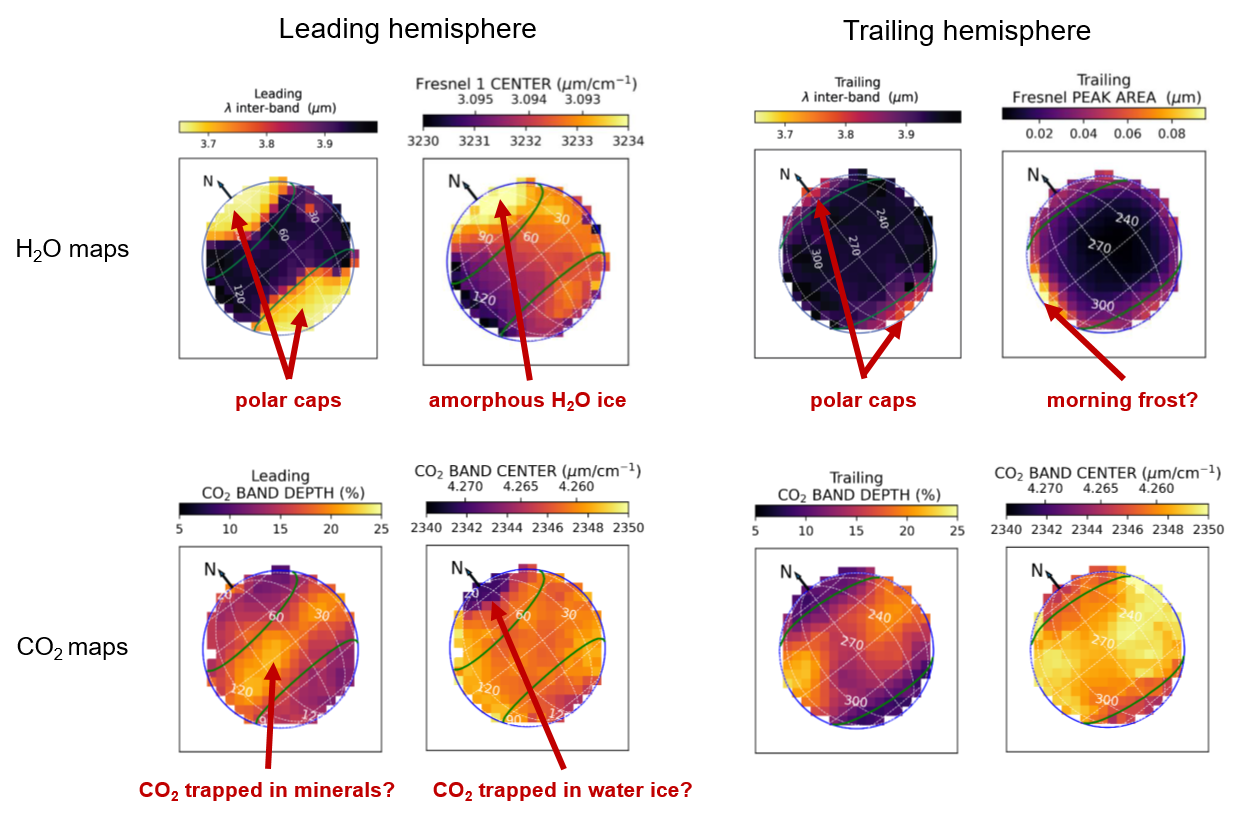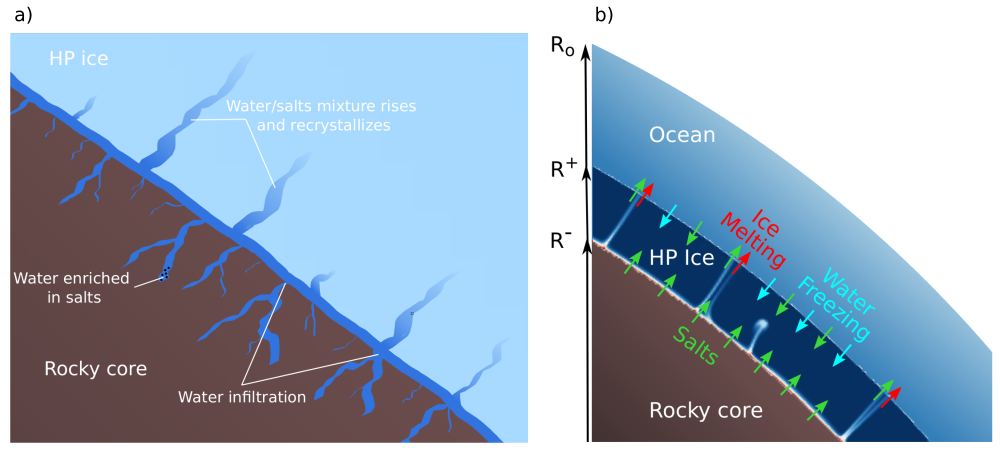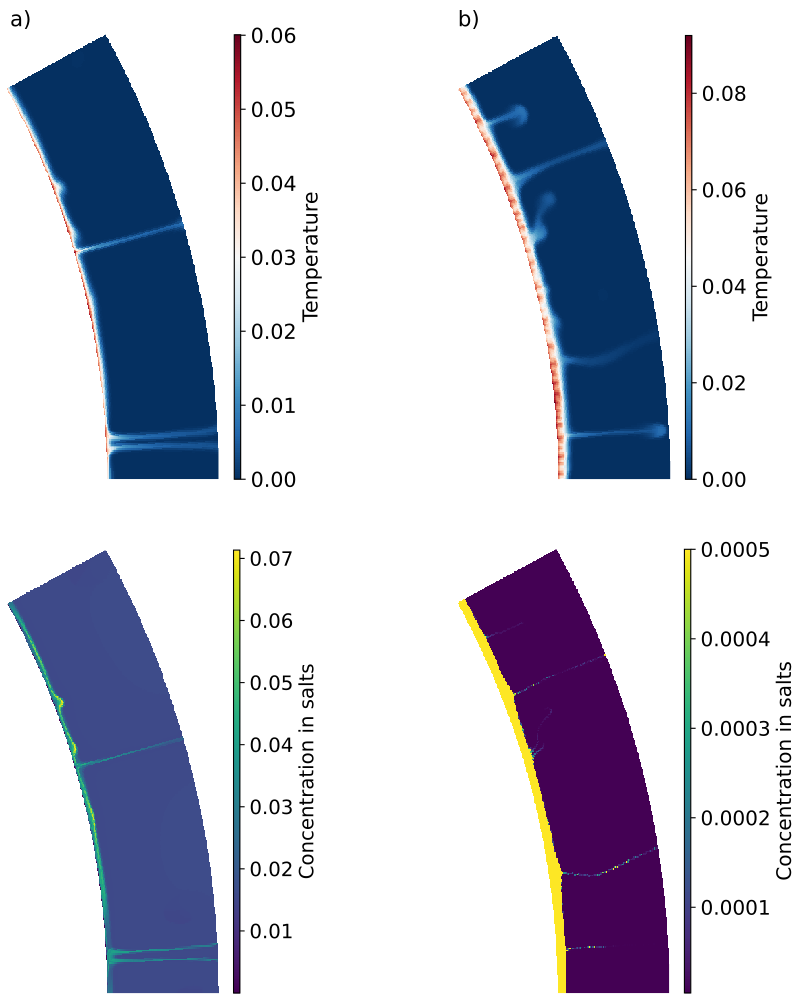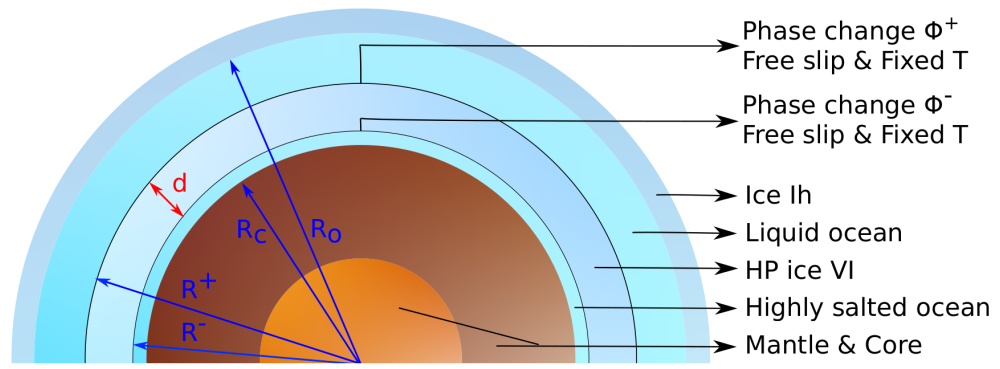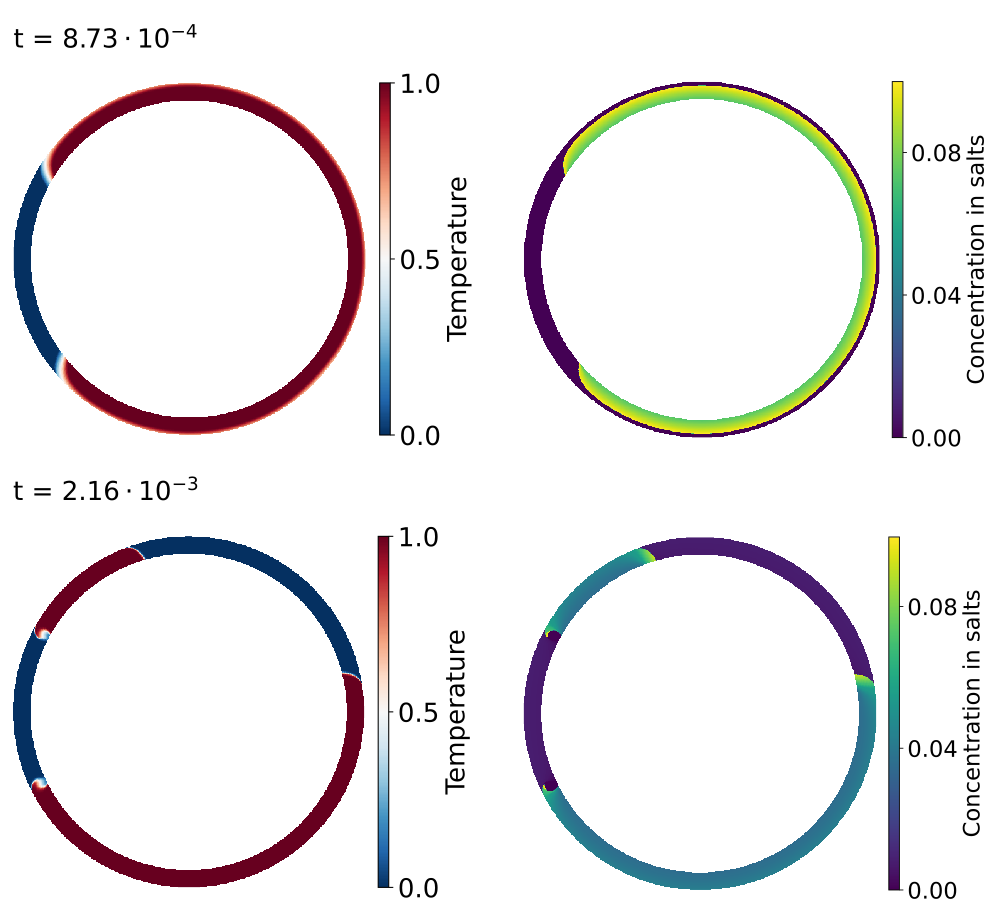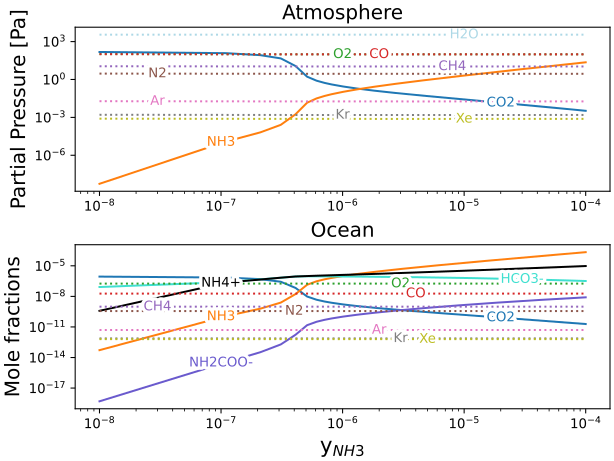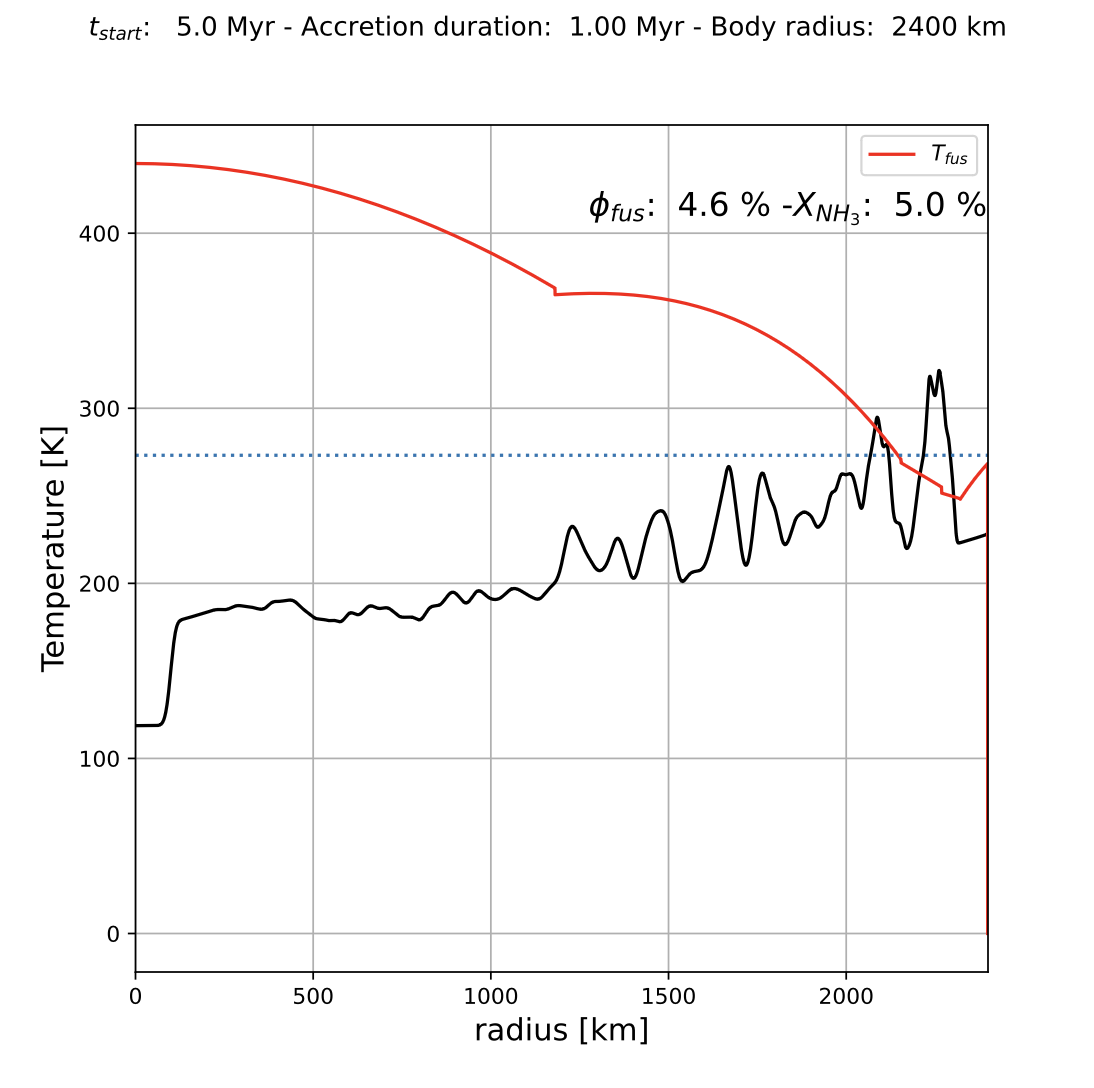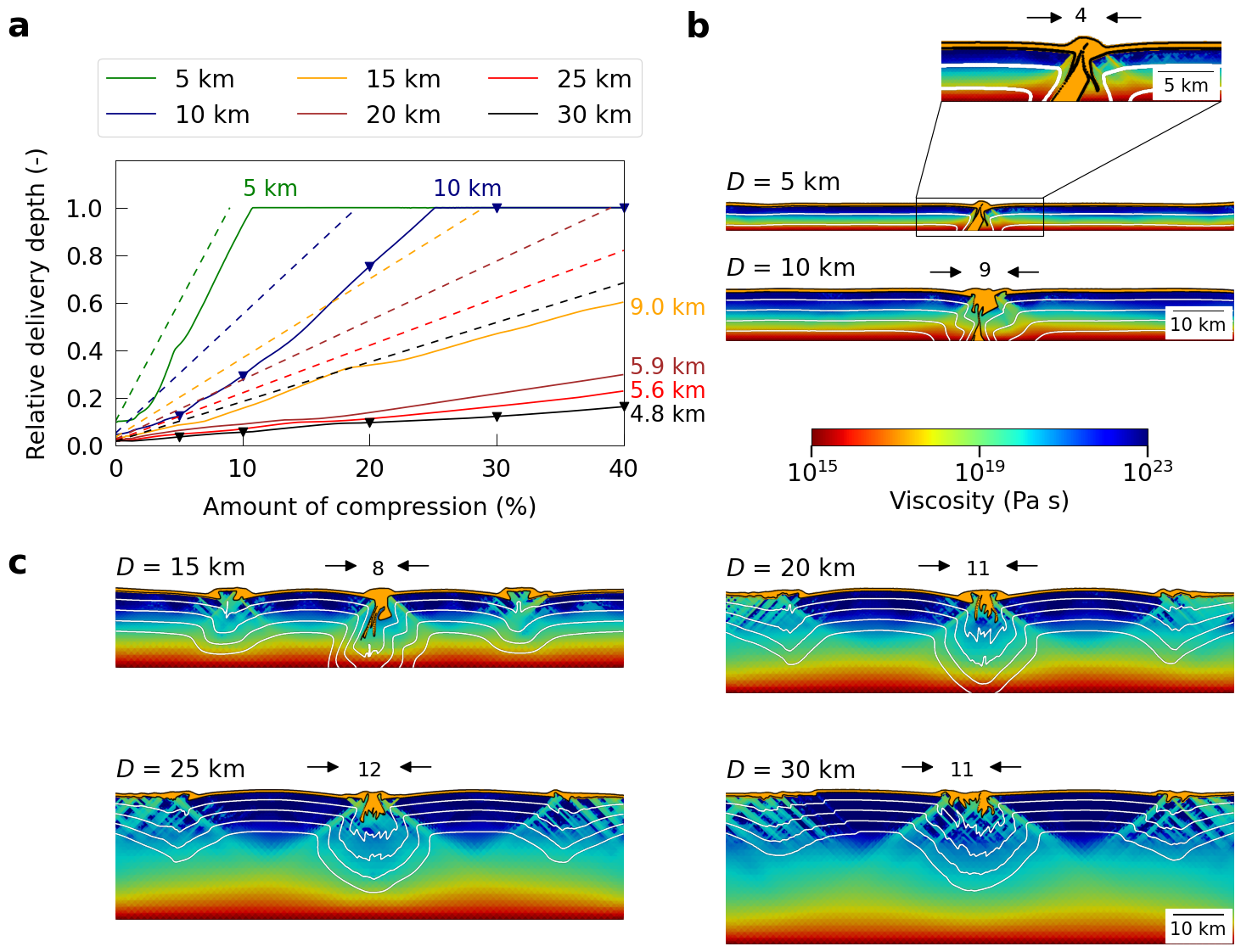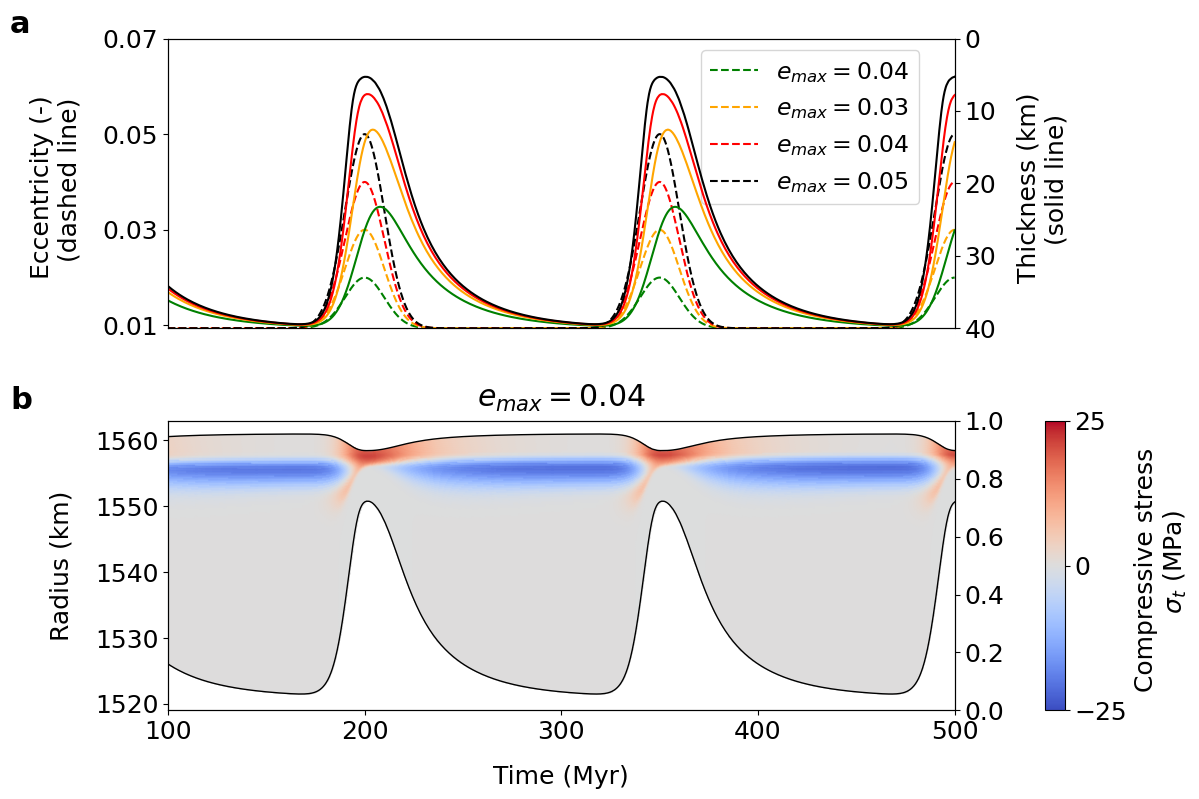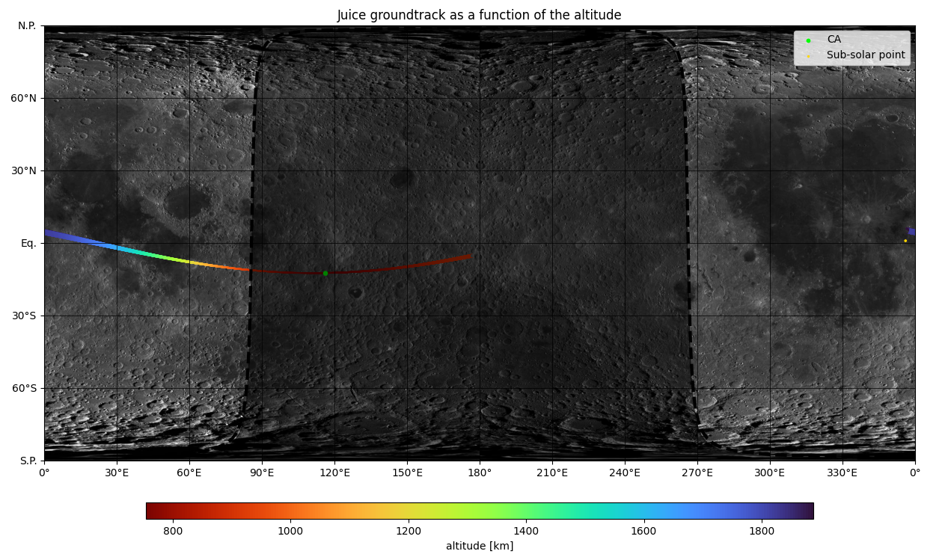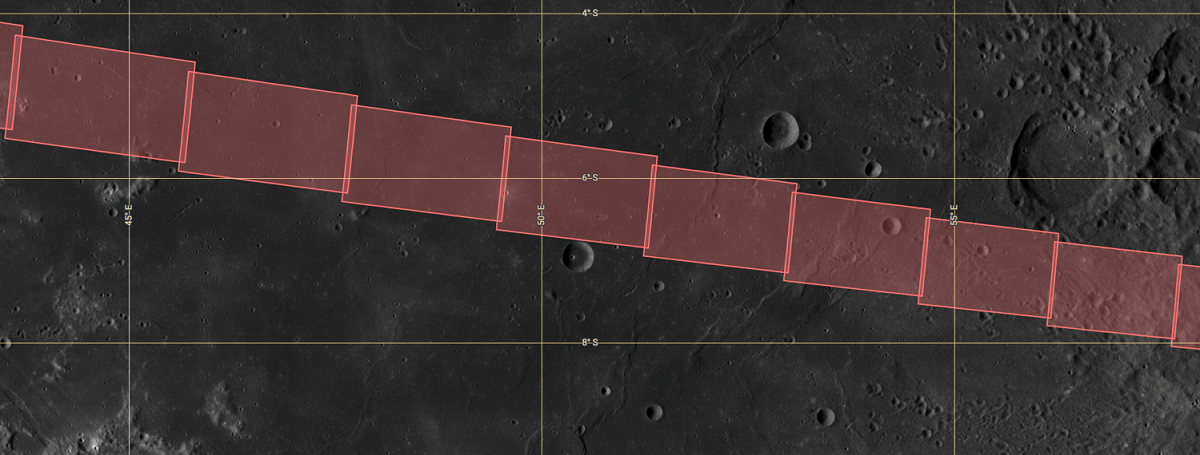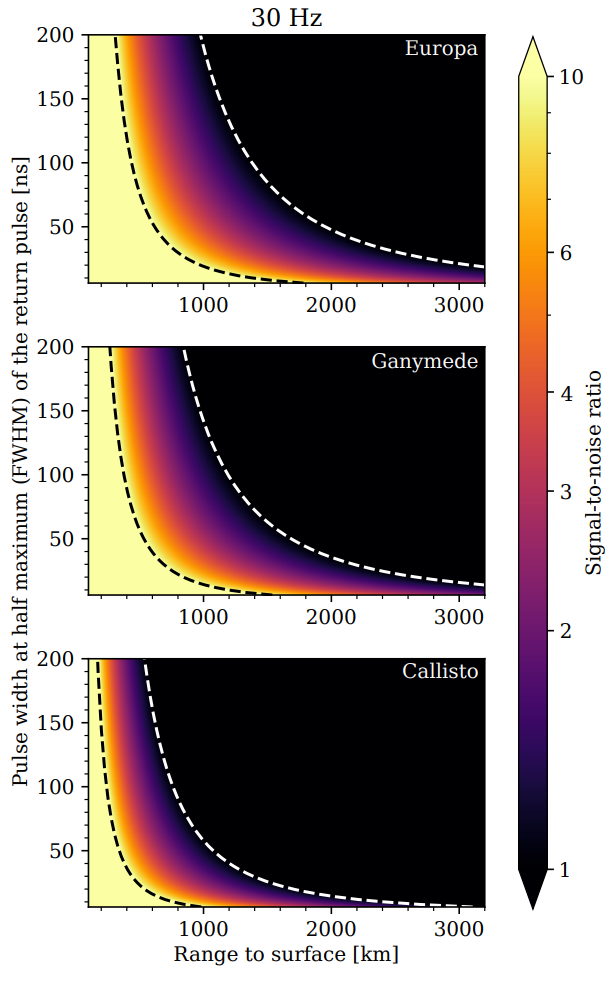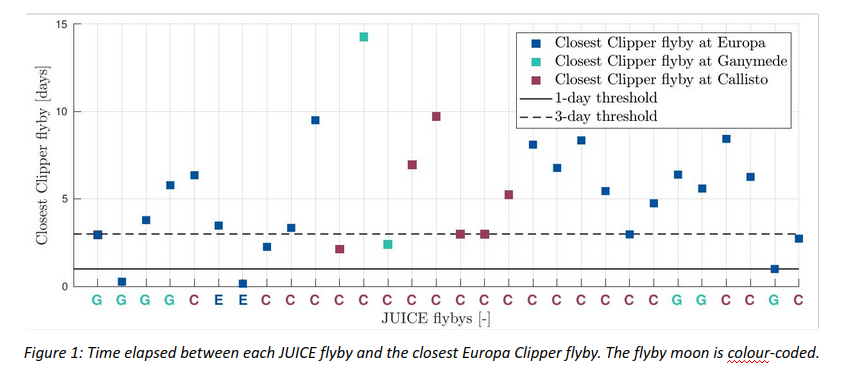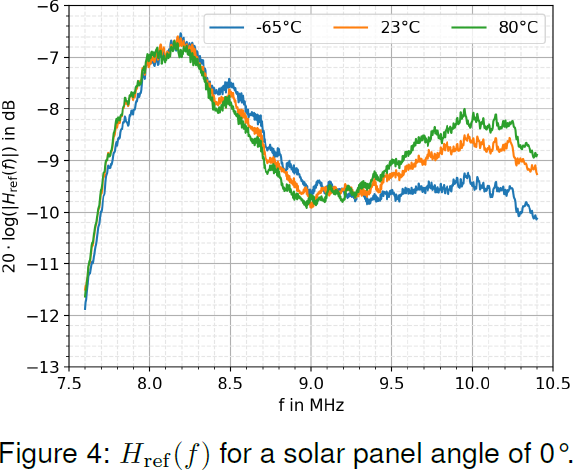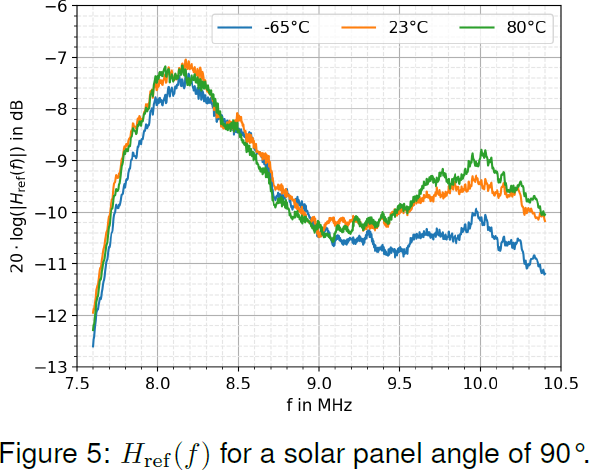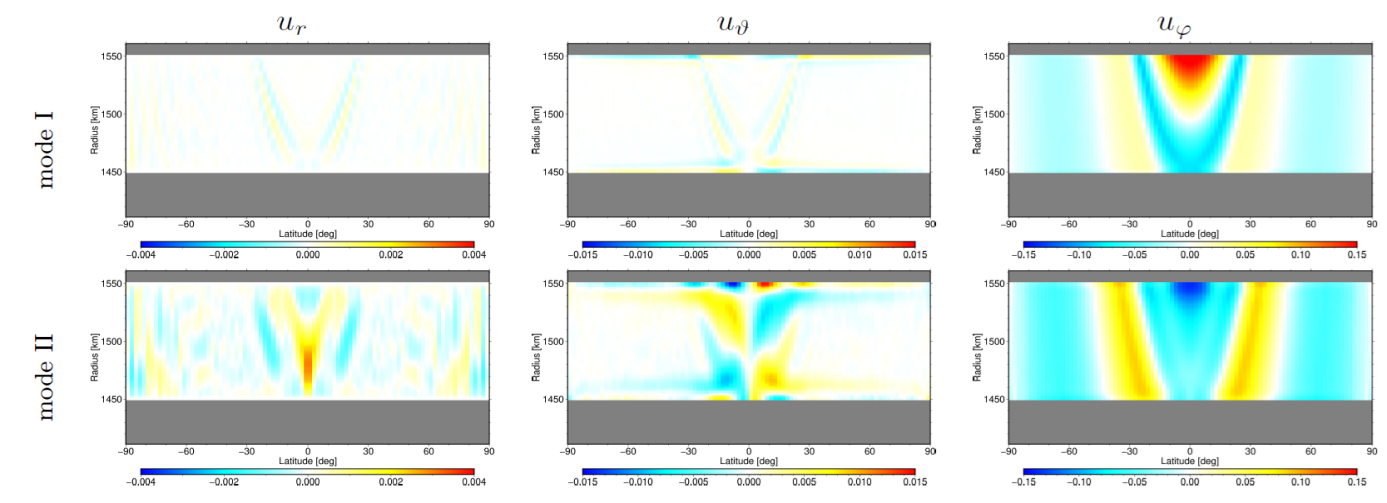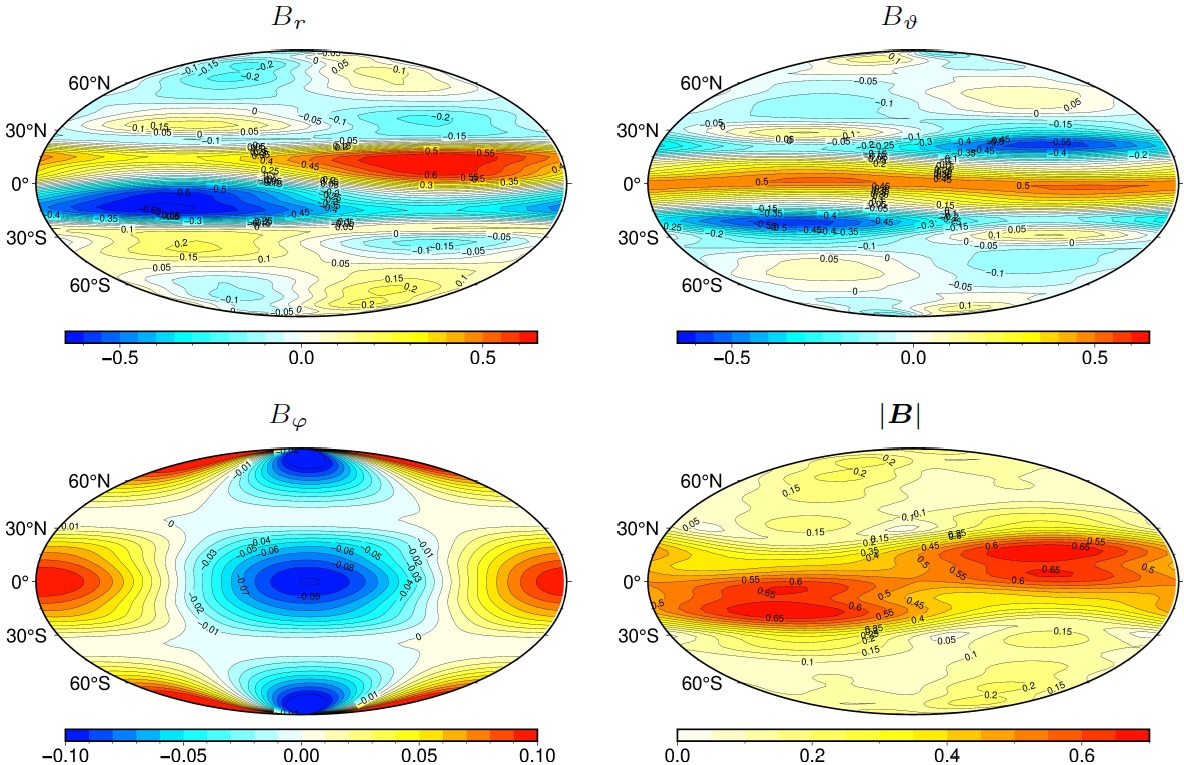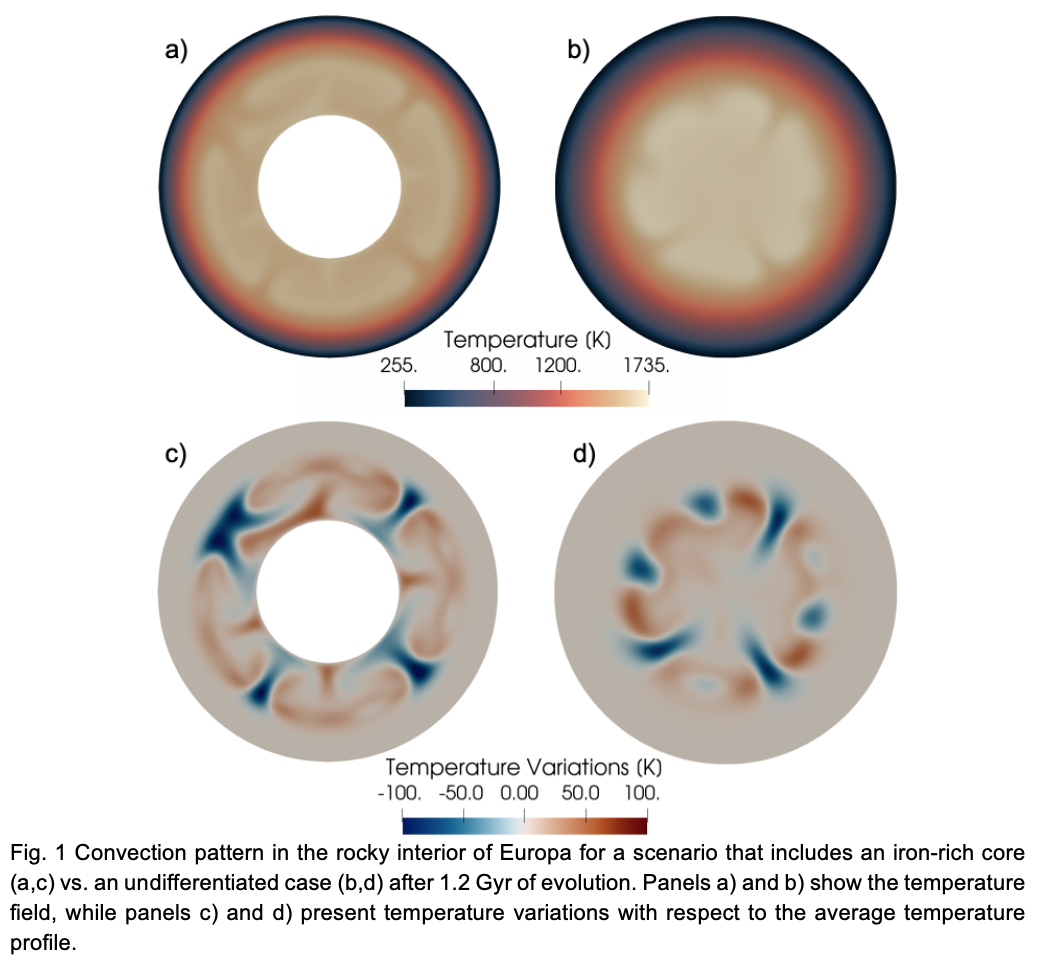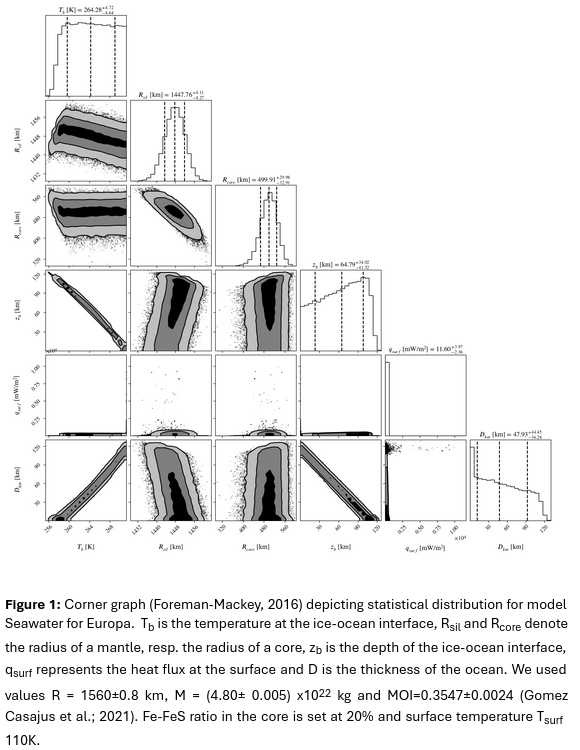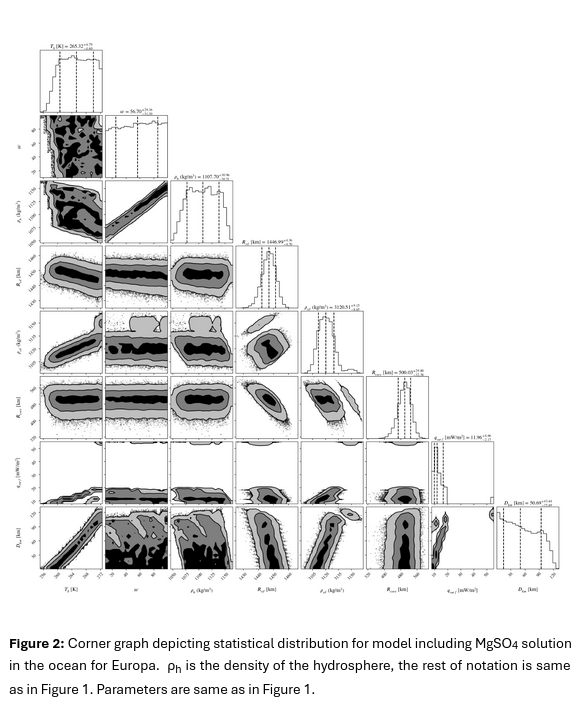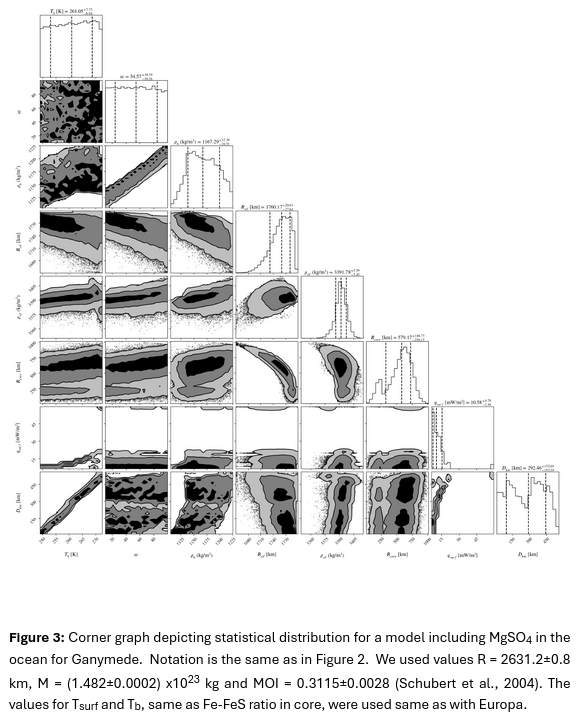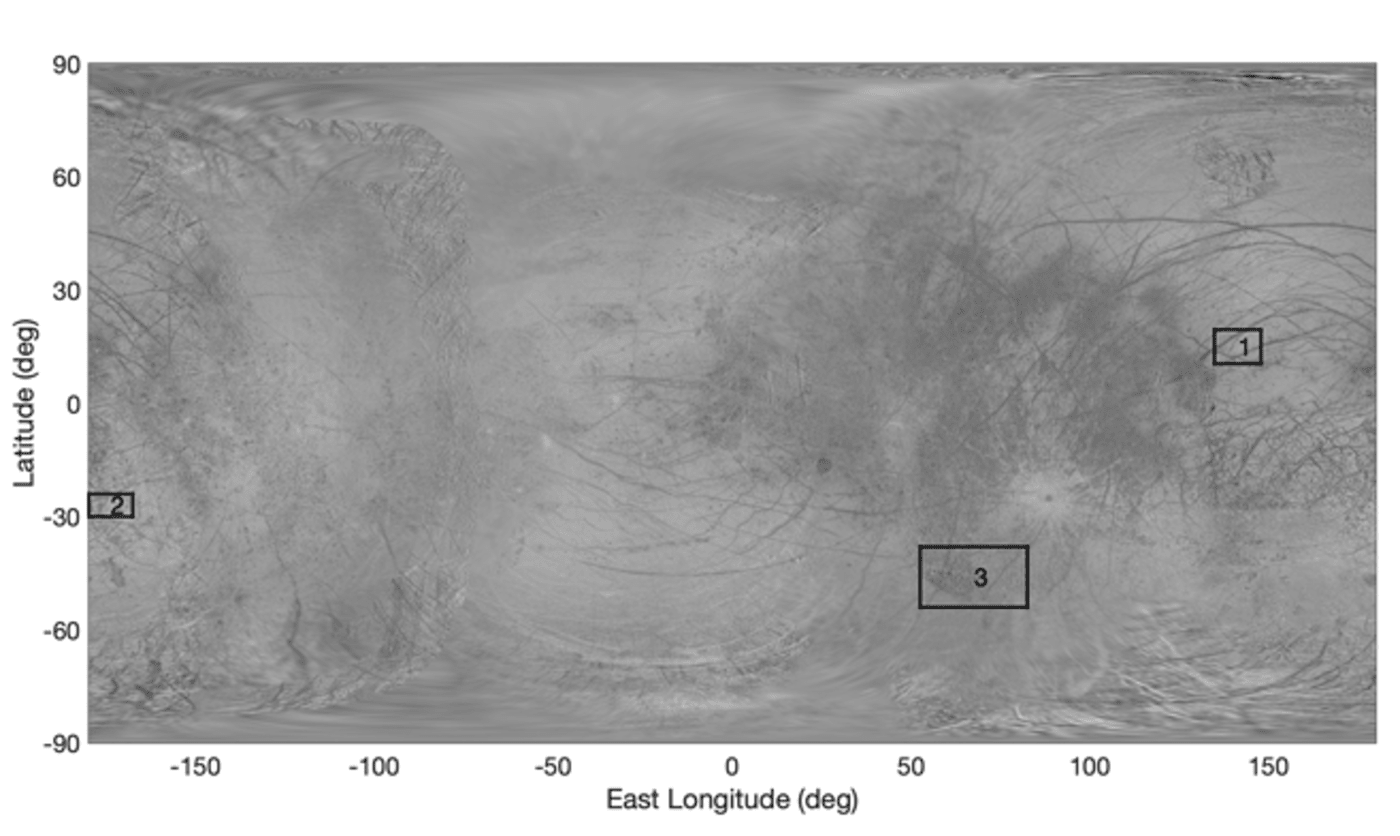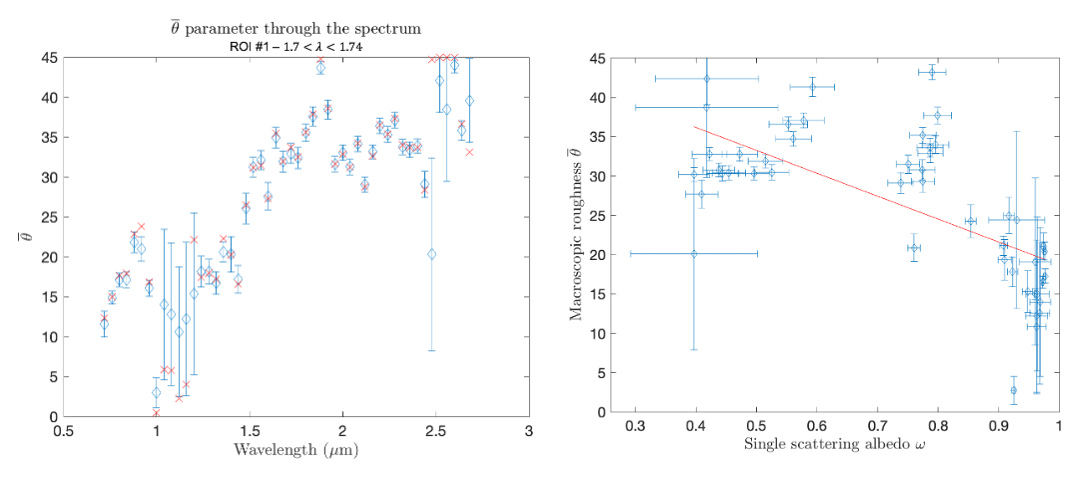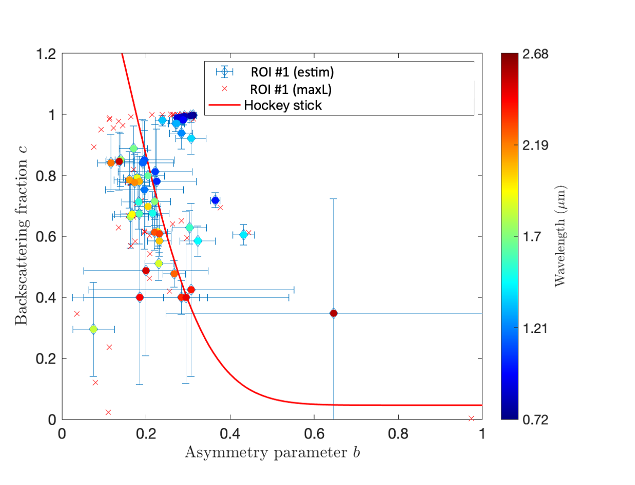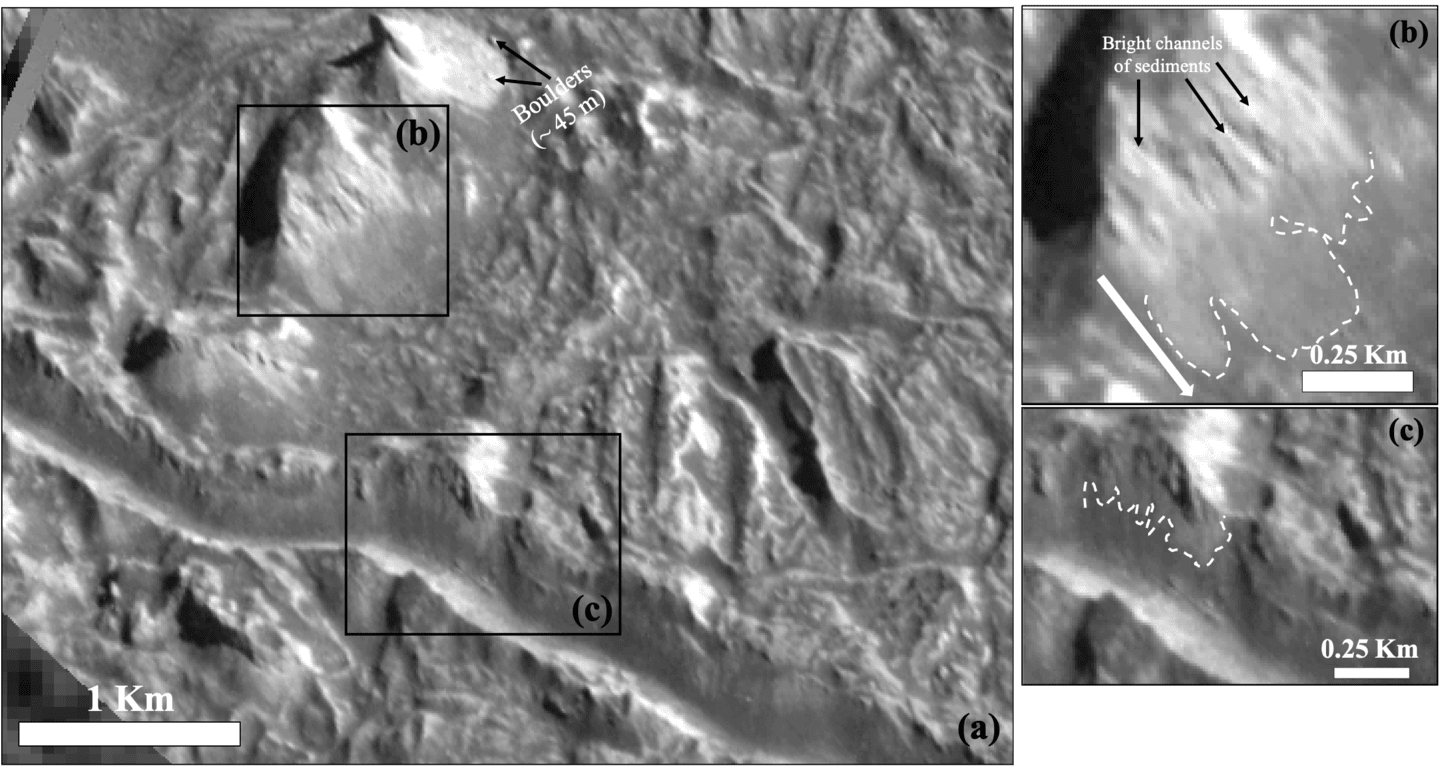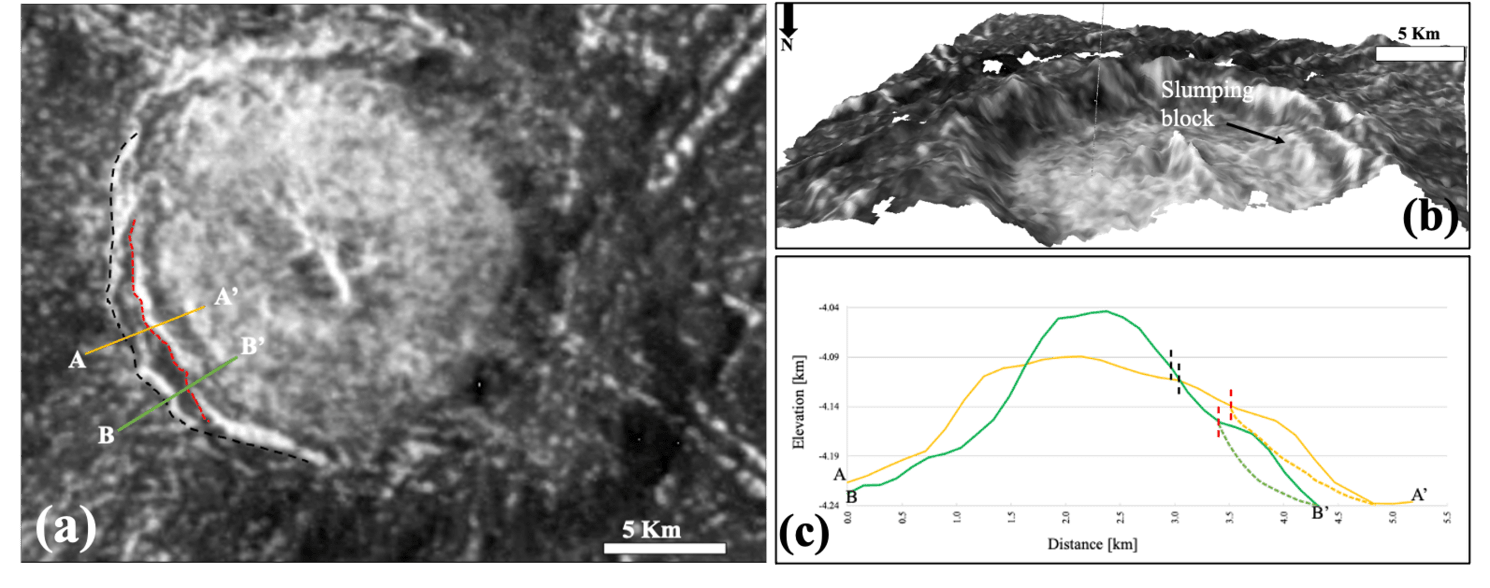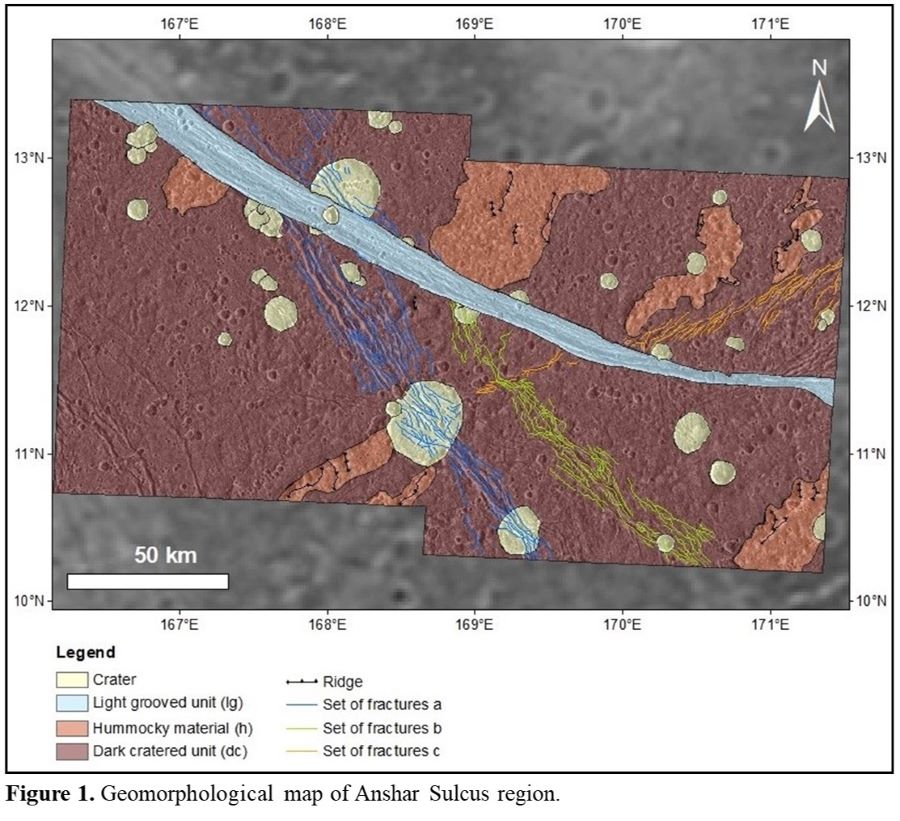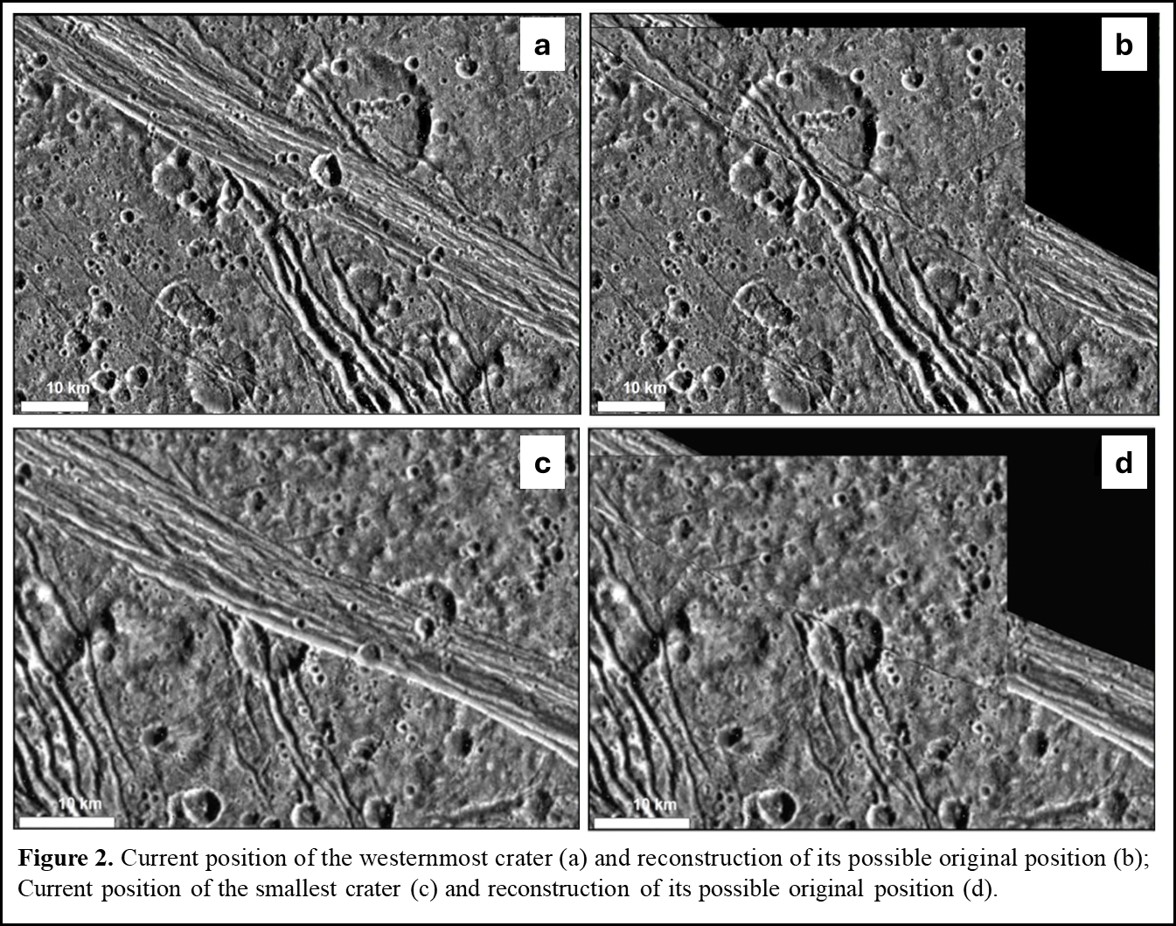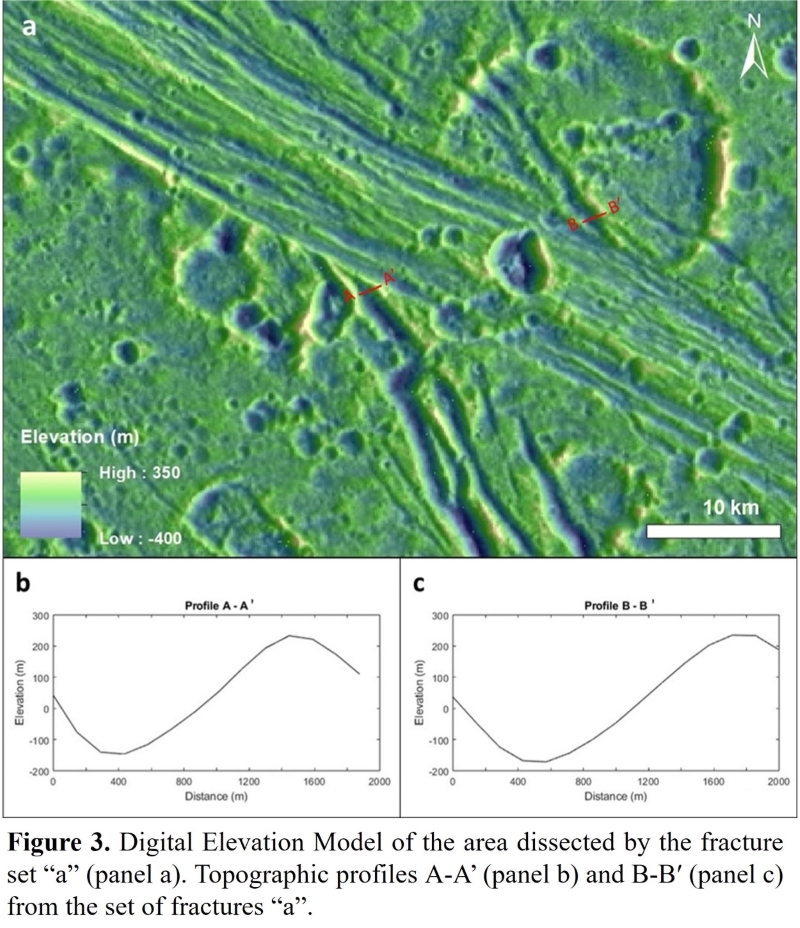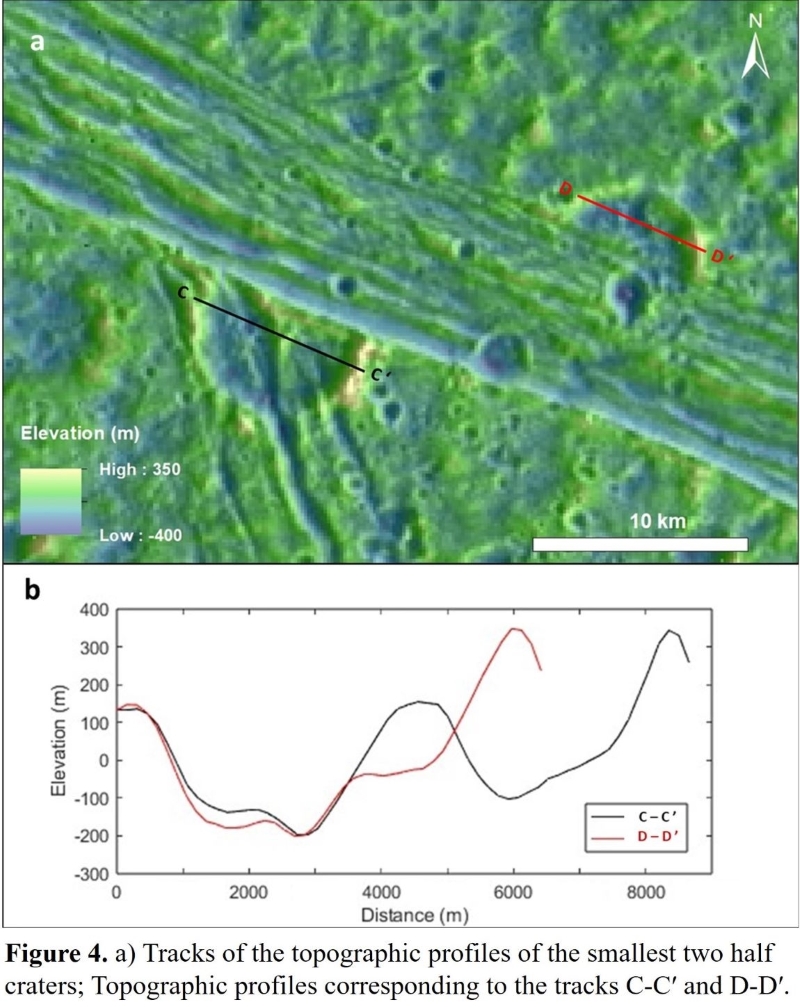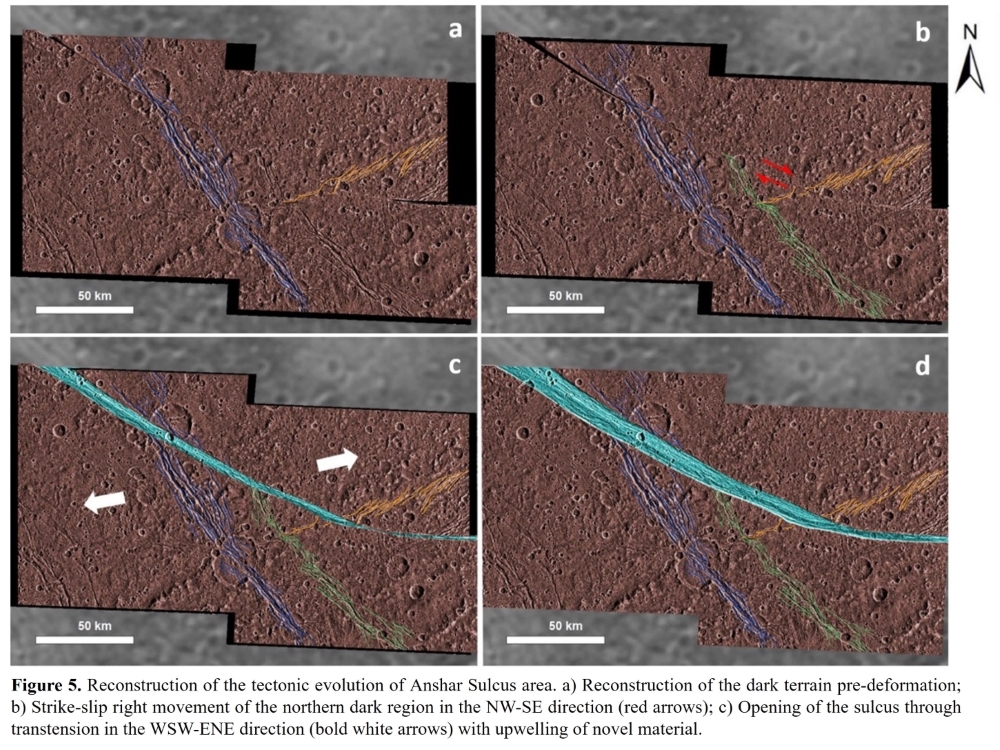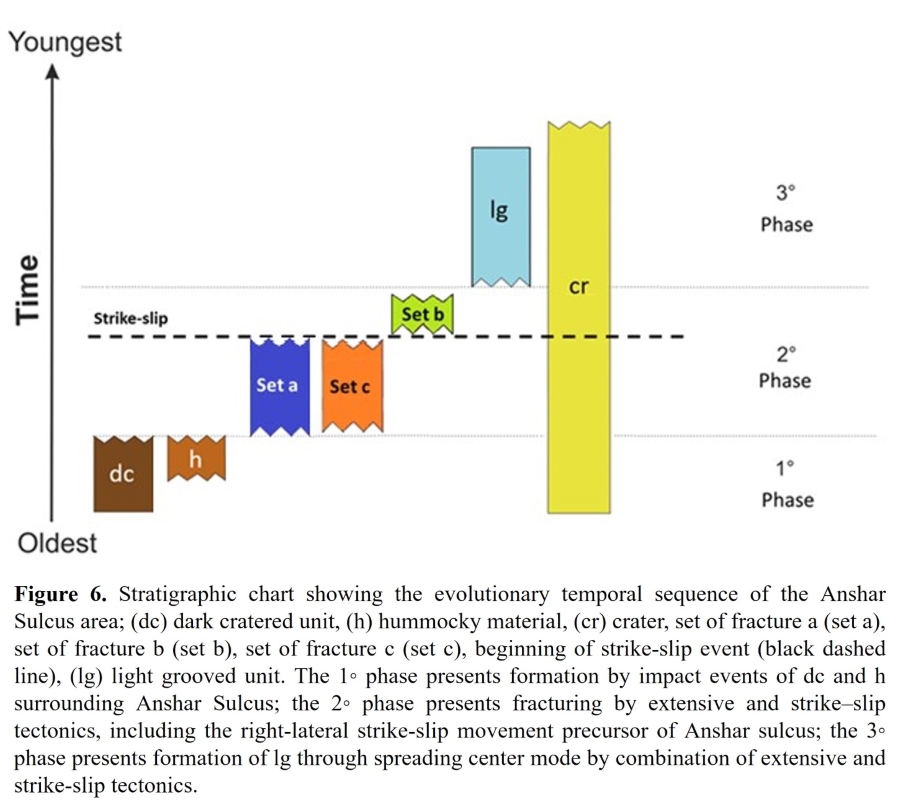OPS1
Broadening our understanding of Jupiter’s icy moons and their environment
Orals
|
Tue, 10 Sep, 08:30–12:00 (CEST), 14:30–18:00 (CEST)|Room Sun (Auditorium)
Posters
|
Attendance Mon, 09 Sep, 10:30–12:00 (CEST) | Display Mon, 09 Sep, 08:30–19:00 |Poster area Level 2 – Galerie, Attendance Mon, 09 Sep, 14:30–16:00 (CEST) | Display Mon, 09 Sep, 08:30–19:00 |Poster area Level 2 – Galerie
This session invites the community to share their latest icy Jovian science endeavors, with a particular focus on Europa and Ganymede. This includes 1) the geology and properties of their surface, 2) their interior structures, properties, and processes, especially of their subsurface oceans and icy shells; 3) the complex moon-magnetosphere interactions, in particular, the effects of radiation on their surface; 4) their exospheres and possible Europa plumes. We also want to feature highlights from the JUICE and Europa Clipper missions, including mission objectives, instrumentation, recent developments, and unique opportunities for dual-spacecraft synergistic observations.
Session assets
BLOCK 1
08:50–08:55
Q&A
08:55–09:10
|
EPSC2024-691
|
ECP
|
On-site presentation
09:10–09:20
|
EPSC2024-99
|
ECP
|
On-site presentation
09:20–09:30
|
EPSC2024-103
|
On-site presentation
09:30–09:35
Q&A
09:35–09:45
|
EPSC2024-752
|
ECP
|
On-site presentation
09:45–09:55
|
EPSC2024-633
|
ECP
|
On-site presentation
09:55–10:00
Q&A
Coffee break
Chairpersons: Haje Korth, Rutu Parekh
BLOCK 2
10:30–10:45
|
EPSC2024-701
|
solicited
|
On-site presentation
10:45–10:55
|
EPSC2024-132
|
ECP
|
On-site presentation
10:55–11:05
|
EPSC2024-584
|
ECP
|
On-site presentation
11:05–11:10
Q&A
11:10–11:20
|
EPSC2024-675
|
On-site presentation
11:20–11:30
|
EPSC2024-863
|
ECP
|
On-site presentation
11:30–11:40
|
EPSC2024-539
|
ECP
|
On-site presentation
11:40–11:50
|
EPSC2024-269
|
On-site presentation
11:50–12:00
Q&A
Lunch break
Chairpersons: Claire Vallat, Rozenn Robidel
BLOCK 3
14:30–14:45
|
EPSC2024-70
|
solicited
|
On-site presentation
14:55–15:00
Q&A
15:00–15:10
|
EPSC2024-16
|
ECP
|
On-site presentation
15:10–15:20
|
EPSC2024-447
|
On-site presentation
15:20–15:30
|
EPSC2024-509
|
ECP
|
On-site presentation
15:30–15:35
Q&A
15:45–15:55
|
EPSC2024-1079
|
On-site presentation
15:55–16:00
Q&A
Coffee break
Chairpersons: Sam Fayolle, Alexander Stark
BLOCK 4
16:30–16:45
|
EPSC2024-30
|
ECP
|
On-site presentation
16:45–16:55
|
EPSC2024-583
|
ECP
|
On-site presentation
16:55–17:05
|
EPSC2024-724
|
Virtual presentation
17:05–17:10
Q&A
17:10–17:20
|
EPSC2024-221
|
On-site presentation
17:20–17:30
|
EPSC2024-905
|
ECP
|
On-site presentation
17:30–17:40
|
EPSC2024-311
|
ECP
|
On-site presentation
17:40–17:50
|
EPSC2024-1109
|
ECP
|
On-site presentation
17:50–18:00
Q&A
P13
|
EPSC2024-672
|
On-site presentation
P14
|
EPSC2024-300
|
On-site presentation
P15
|
EPSC2024-754
|
On-site presentation
P17
|
EPSC2024-871
|
On-site presentation
P18
|
EPSC2024-500
|
ECP
|
On-site presentation
P21
|
EPSC2024-880
|
On-site presentation
P22
|
EPSC2024-192
|
On-site presentation
P23
|
EPSC2024-17
|
On-site presentation
P24
|
EPSC2024-976
|
ECP
|
On-site presentation
P26
|
EPSC2024-1021
|
ECP
|
On-site presentation
P28
|
EPSC2024-323
|
ECP
|
On-site presentation
P29
|
EPSC2024-658
|
ECP
|
On-site presentation
P30
|
EPSC2024-129
|
ECP
|
On-site presentation
P31
|
EPSC2024-75
|
ECP
|
On-site presentation
P32
|
EPSC2024-265
|
ECP
|
On-site presentation
P33
|
EPSC2024-926
|
ECP
|
On-site presentation
P34
|
EPSC2024-647
|
ECP
|
On-site presentation
P35
|
EPSC2024-933
|
ECP
|
On-site presentation
P36
|
EPSC2024-1100
|
ECP
|
On-site presentation
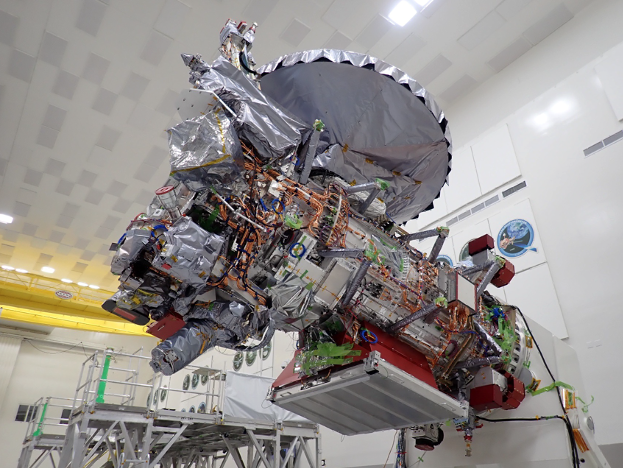
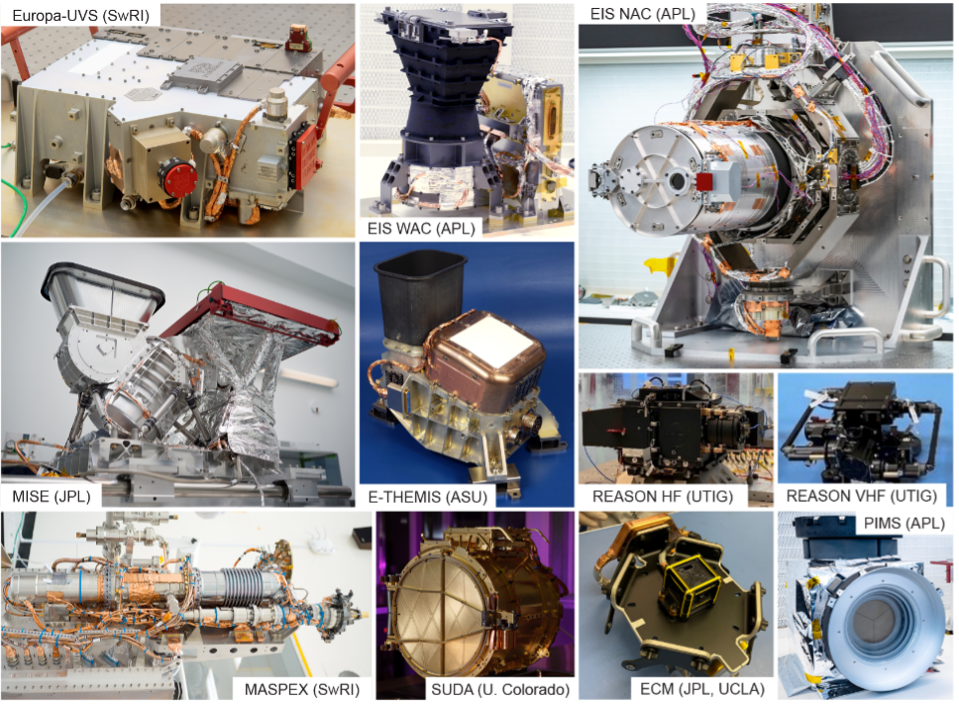
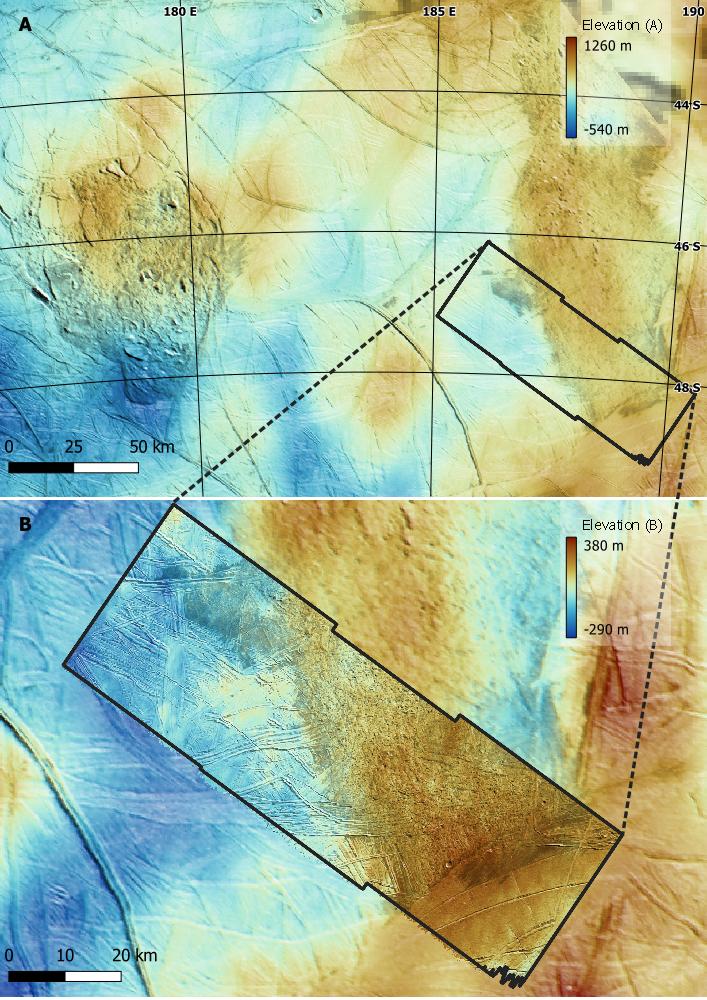
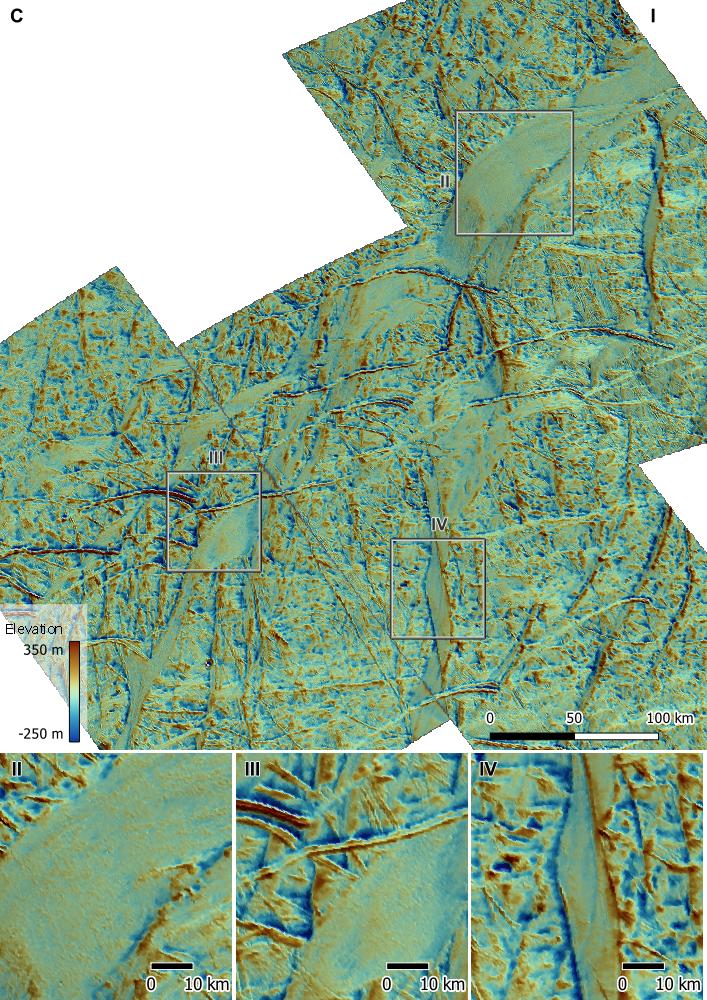
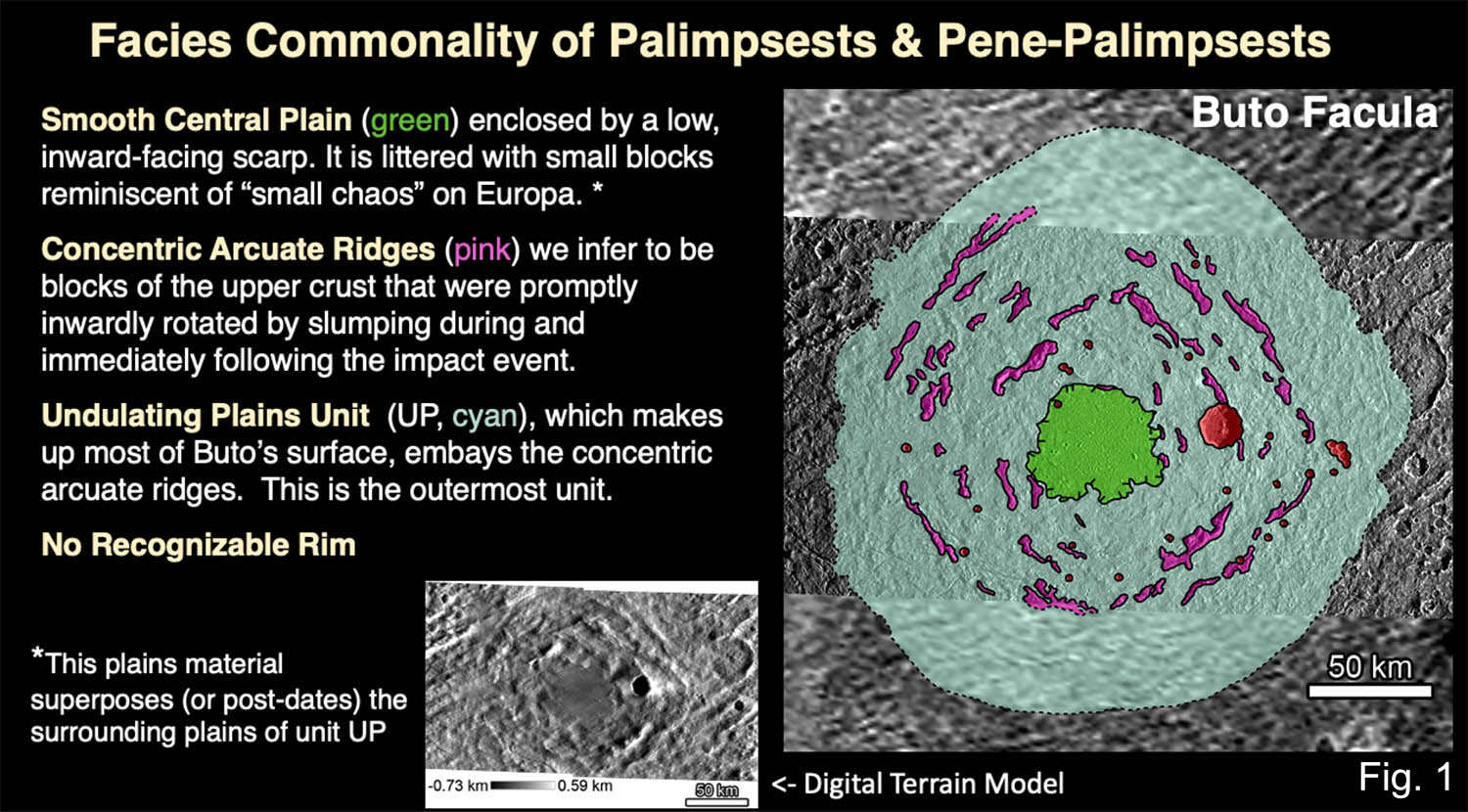
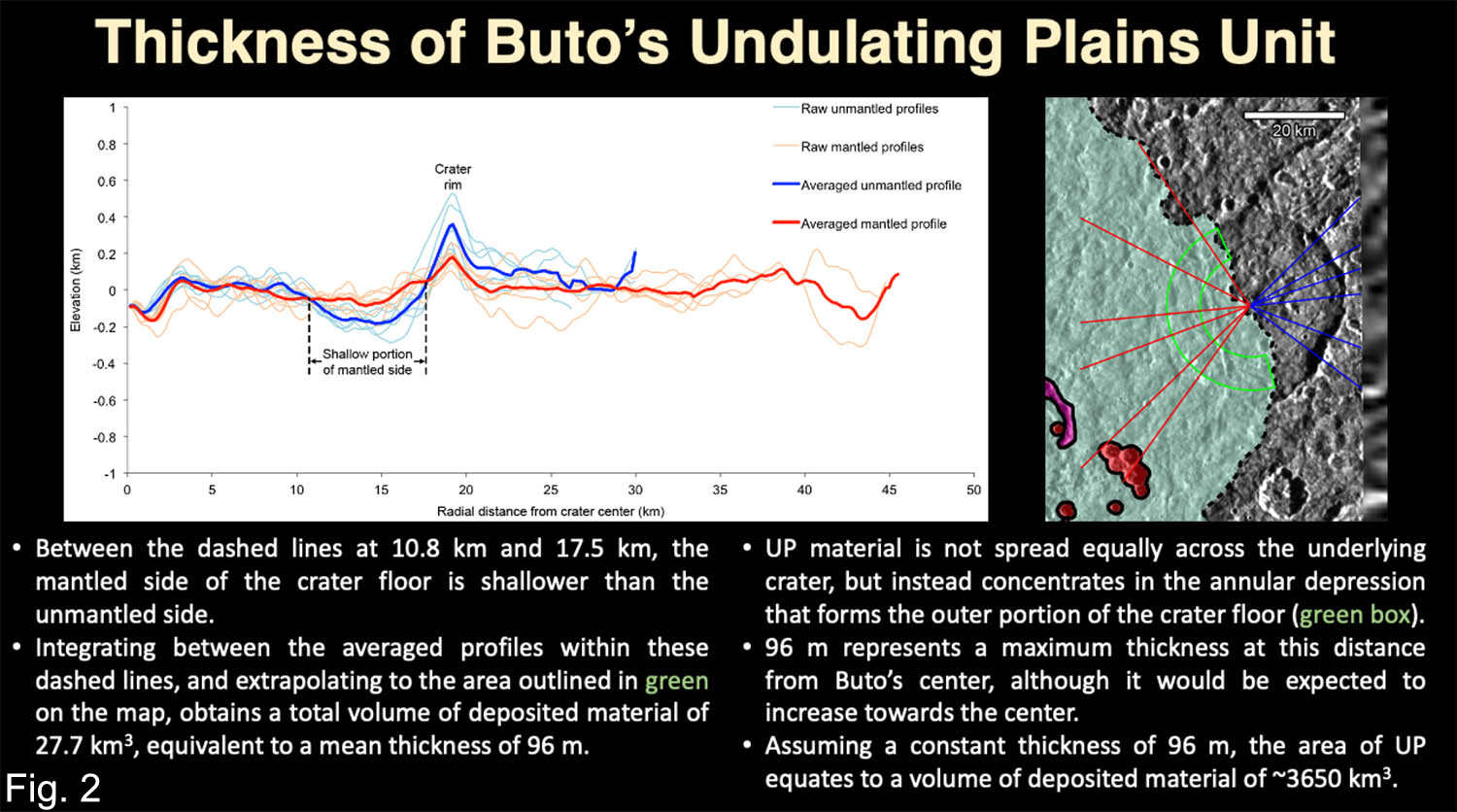
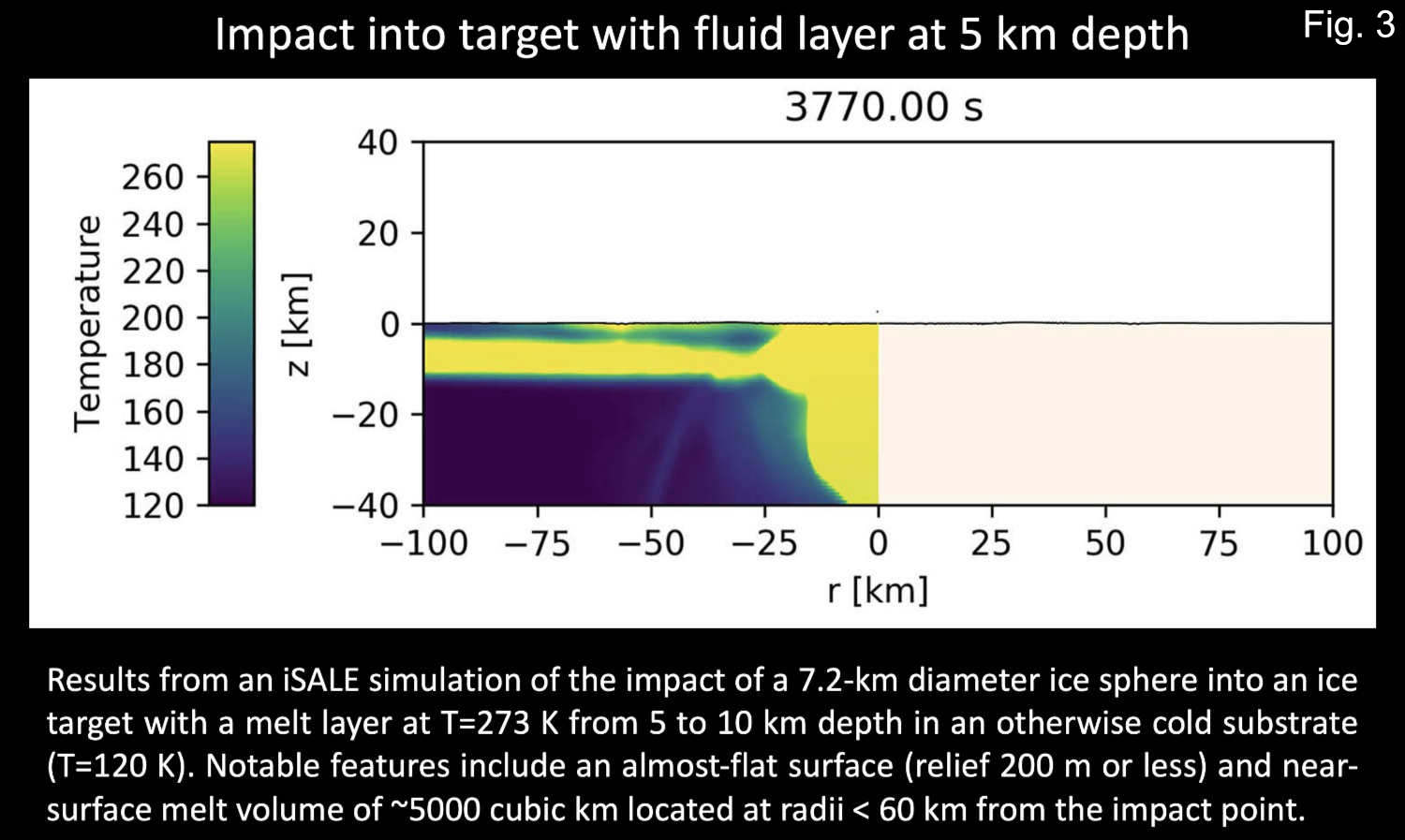
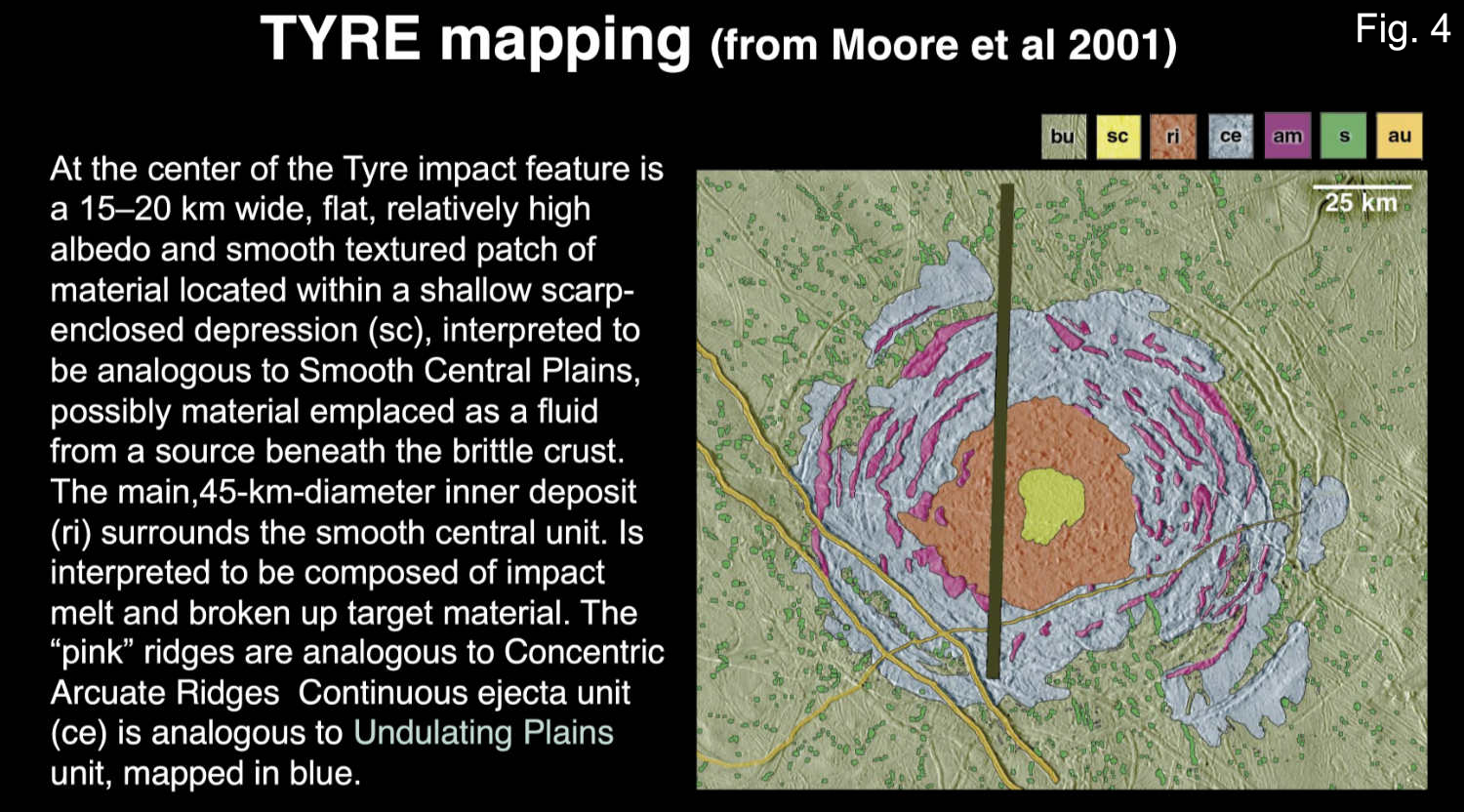
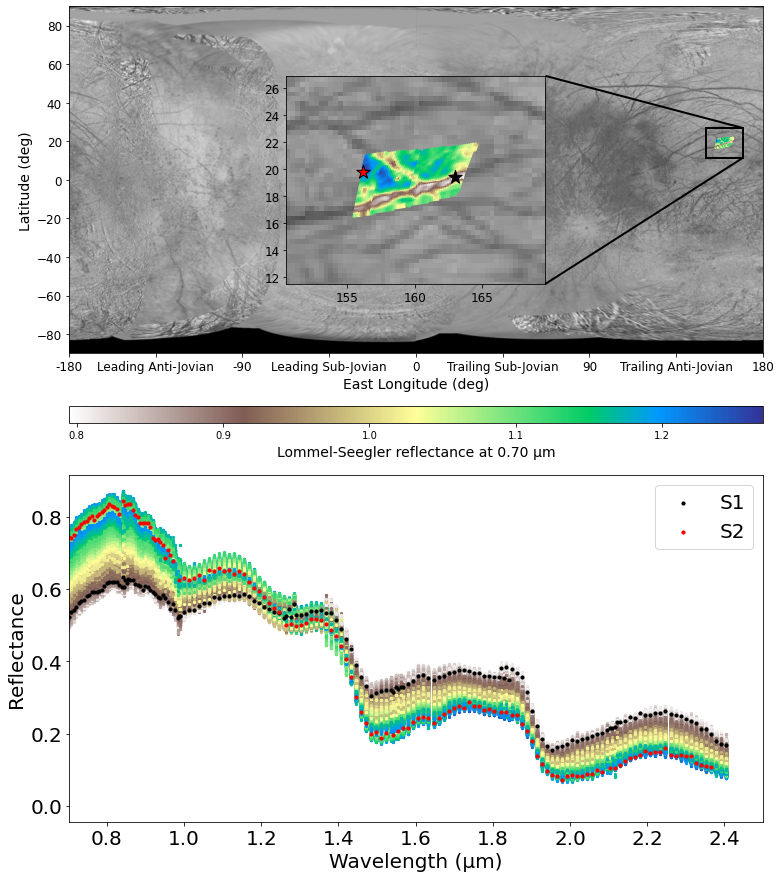
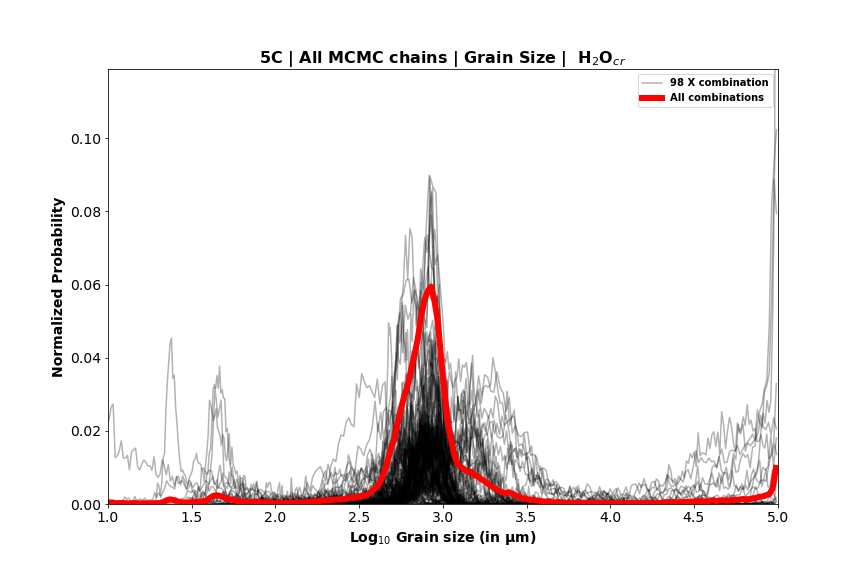
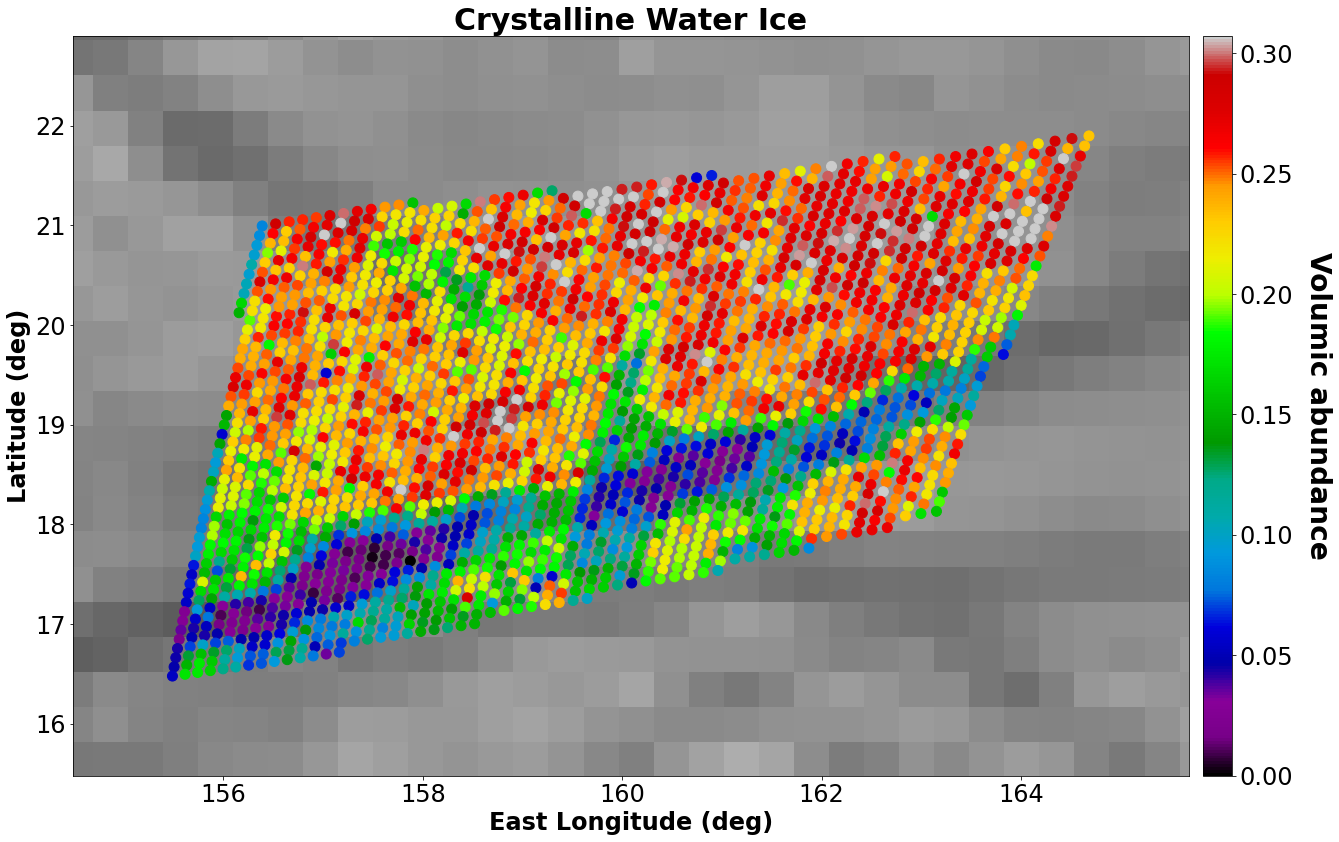
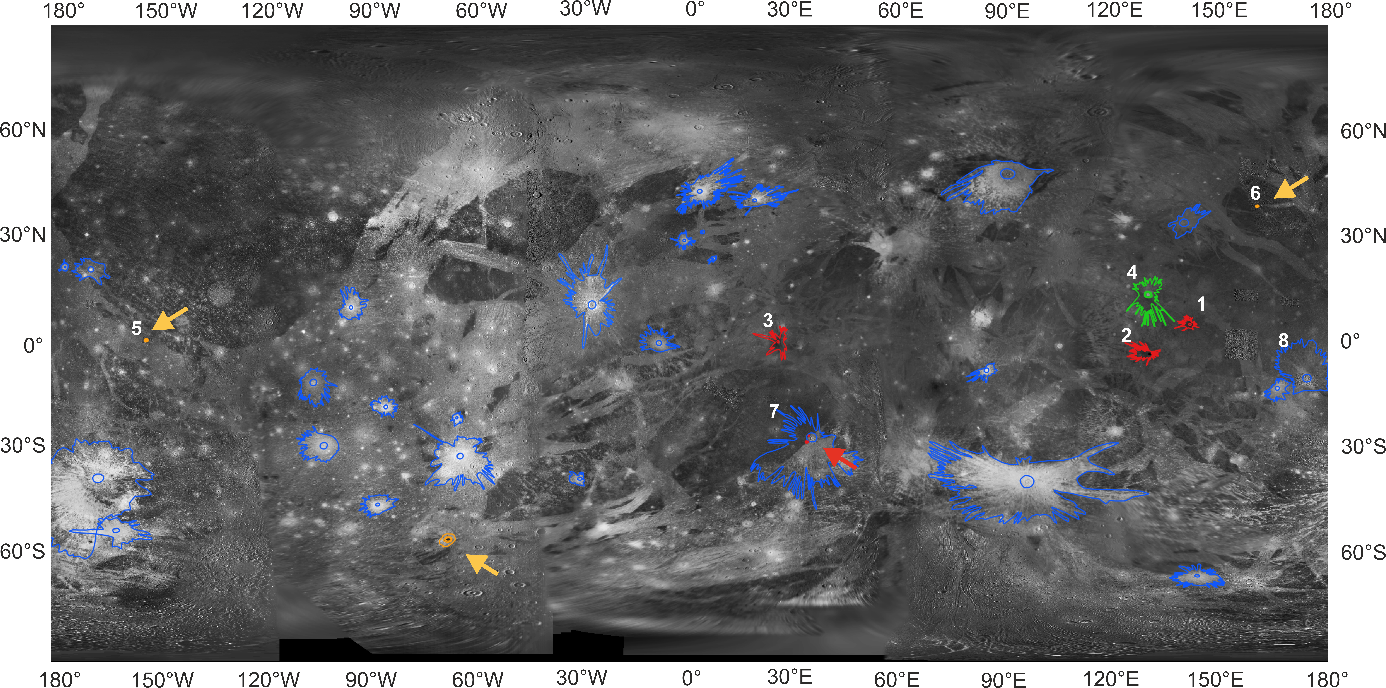
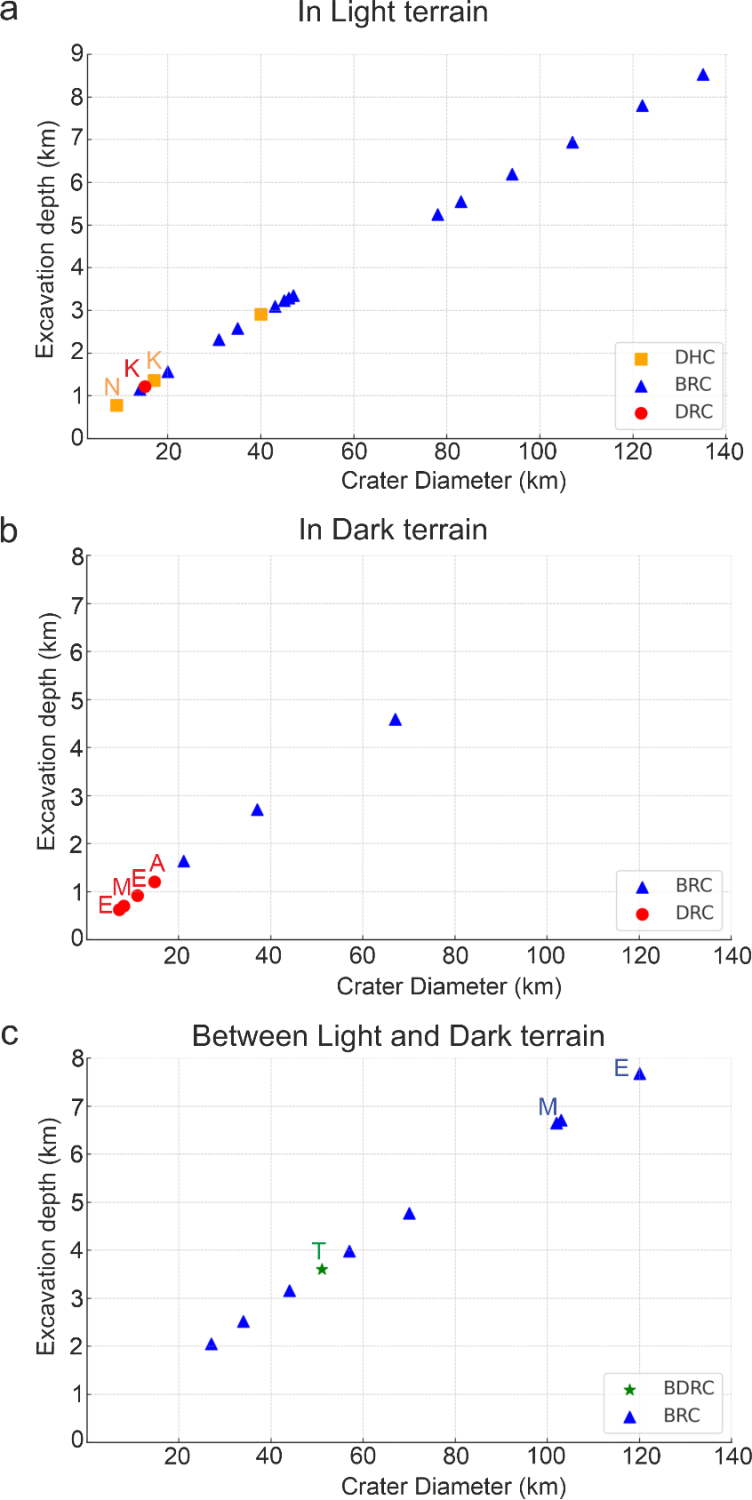
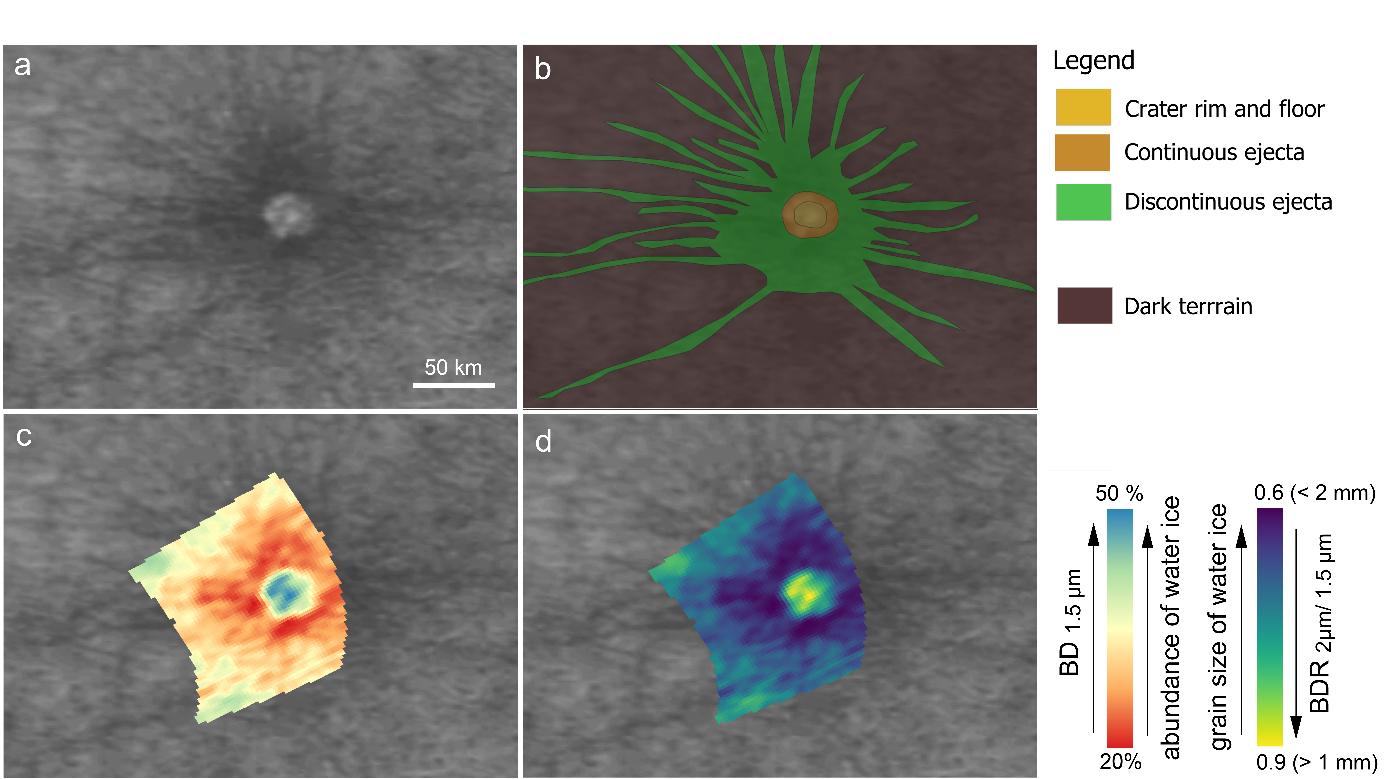 Figure 3: Dark ray crater (DRC) Antum: a) Voyager image, b) geologic map, c) NIMS derived BD map of the water ice absorption at 1.5 µm and d) grain size of water ice as derived by the NIMS BDR map of the water ice absorptions at 2 and 1.5 µm after [6].
Figure 3: Dark ray crater (DRC) Antum: a) Voyager image, b) geologic map, c) NIMS derived BD map of the water ice absorption at 1.5 µm and d) grain size of water ice as derived by the NIMS BDR map of the water ice absorptions at 2 and 1.5 µm after [6].